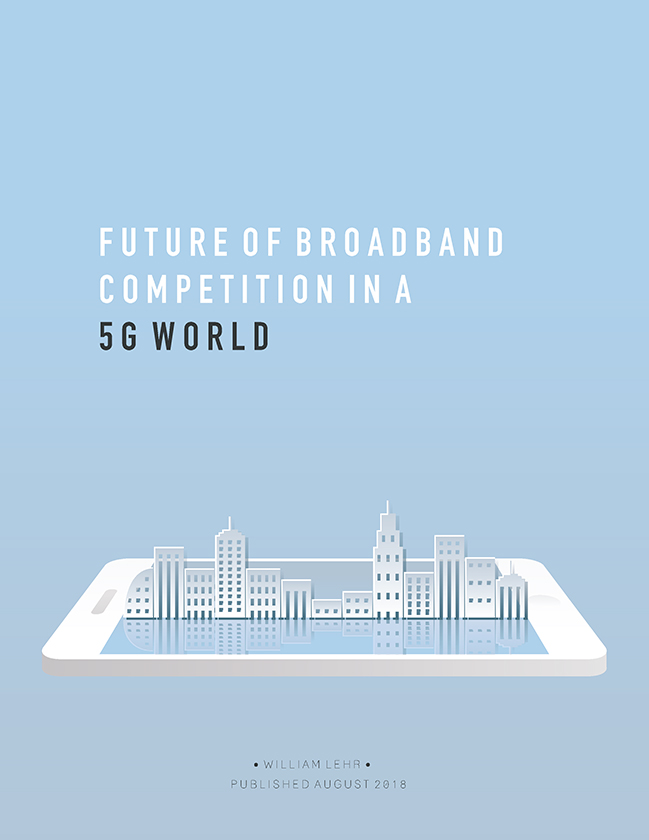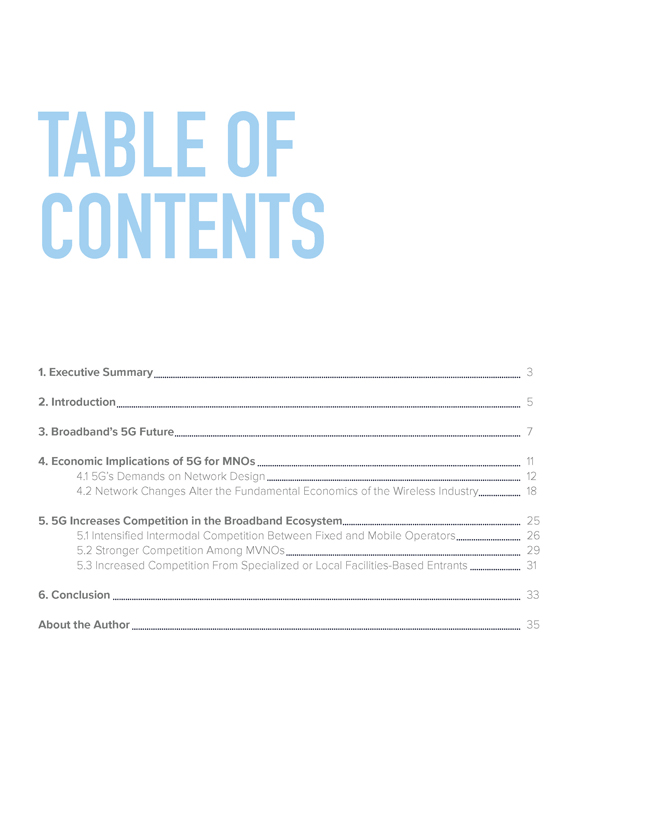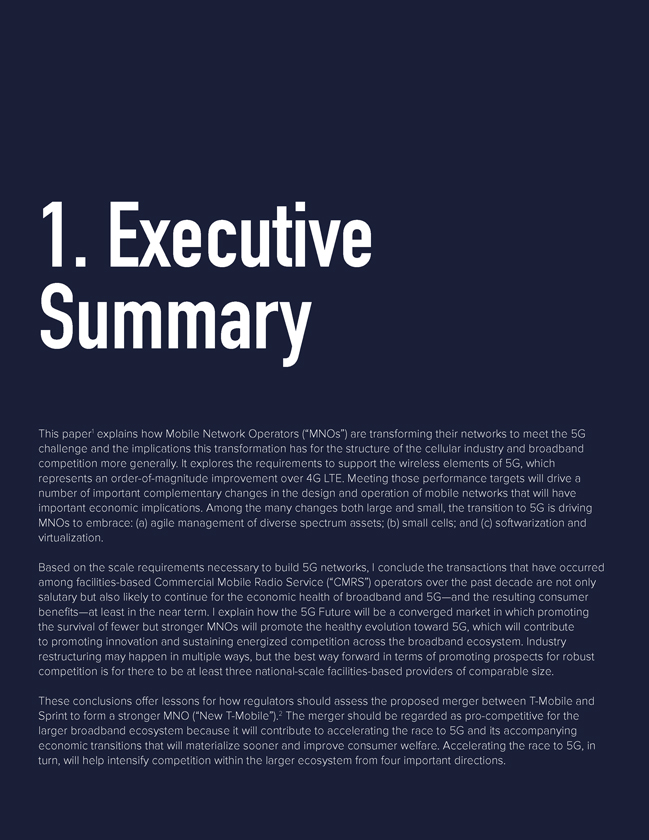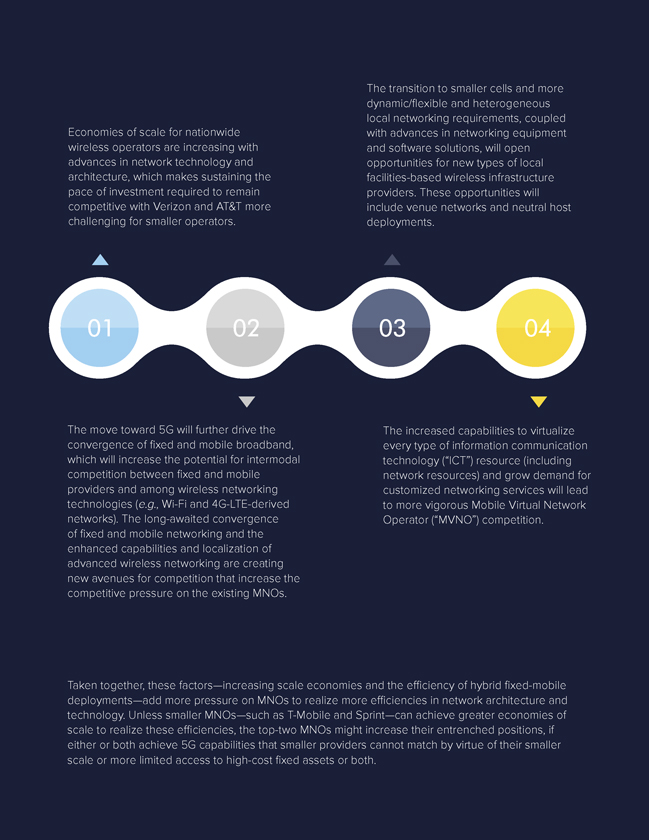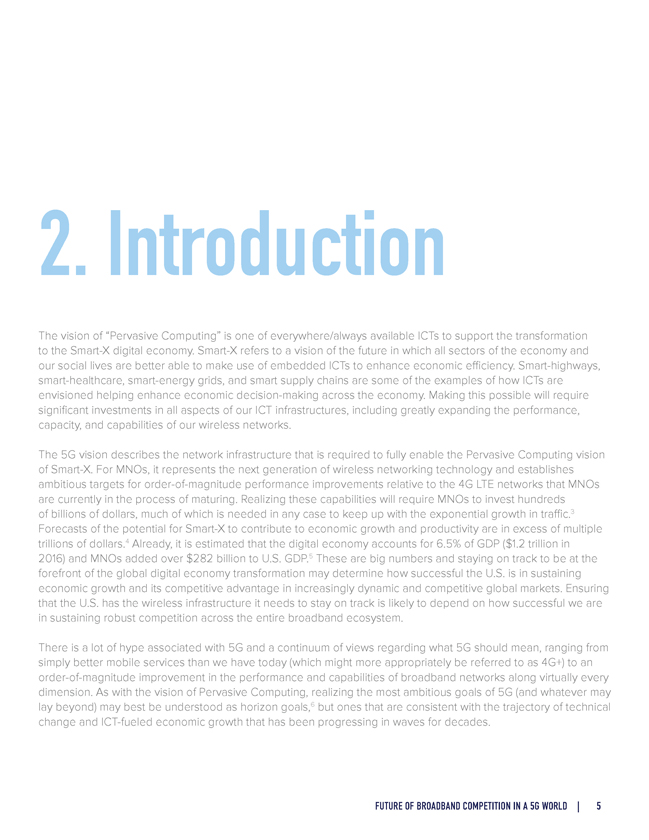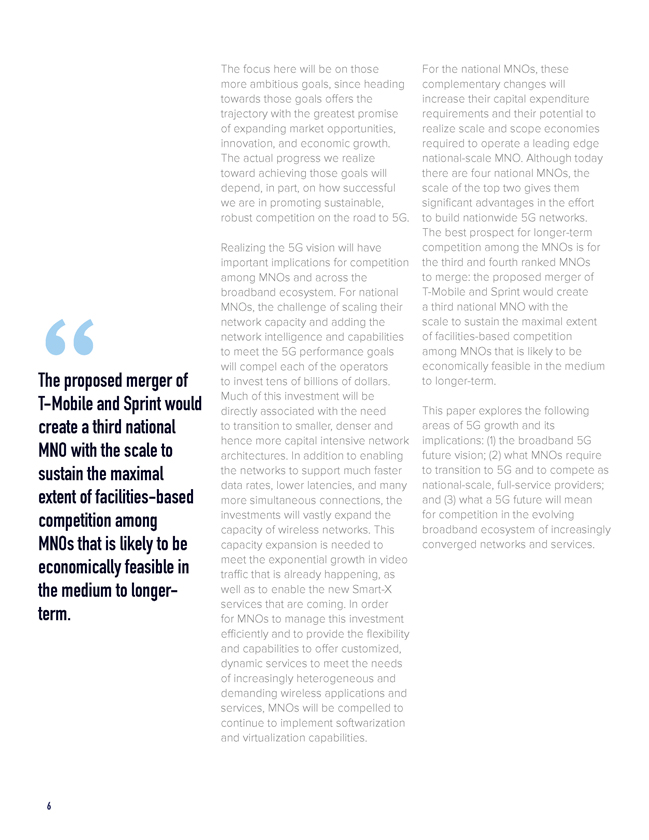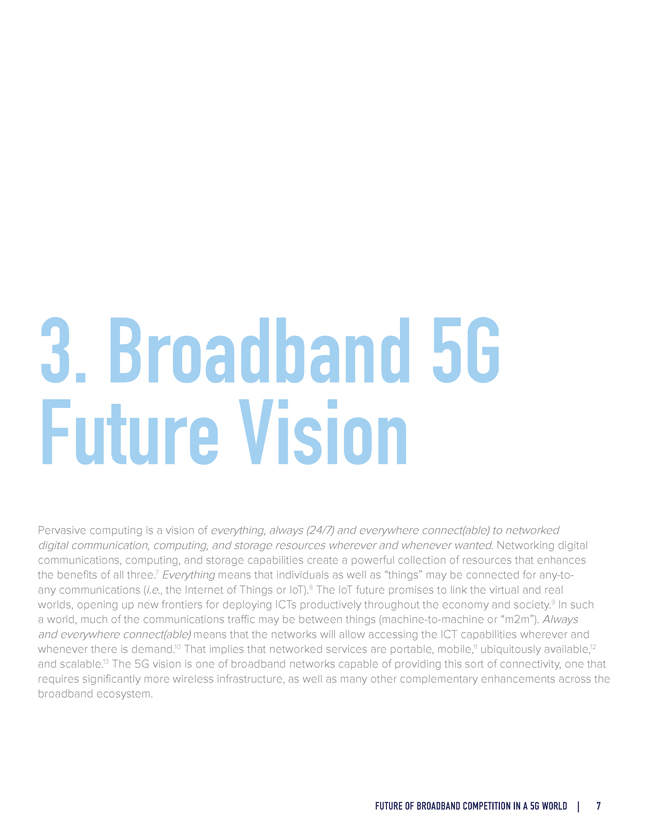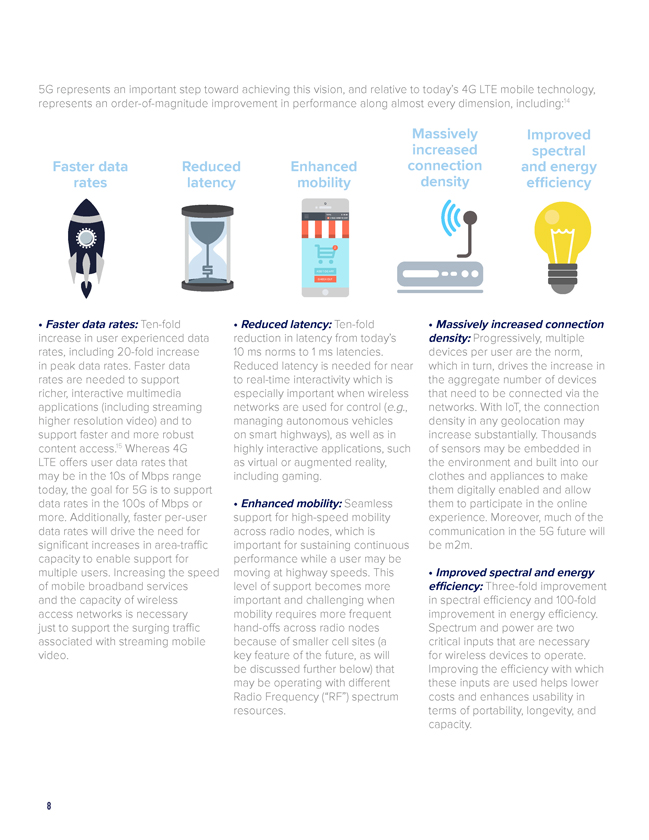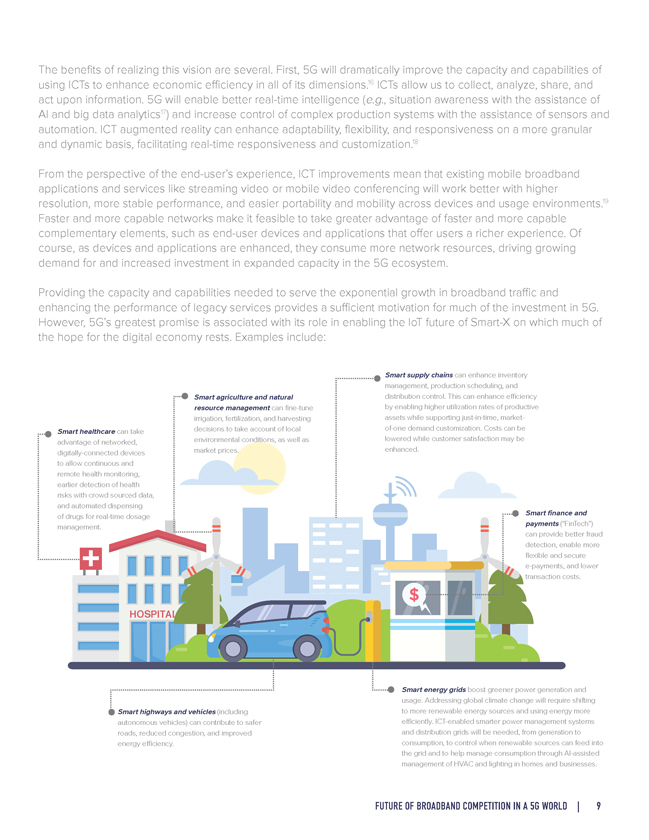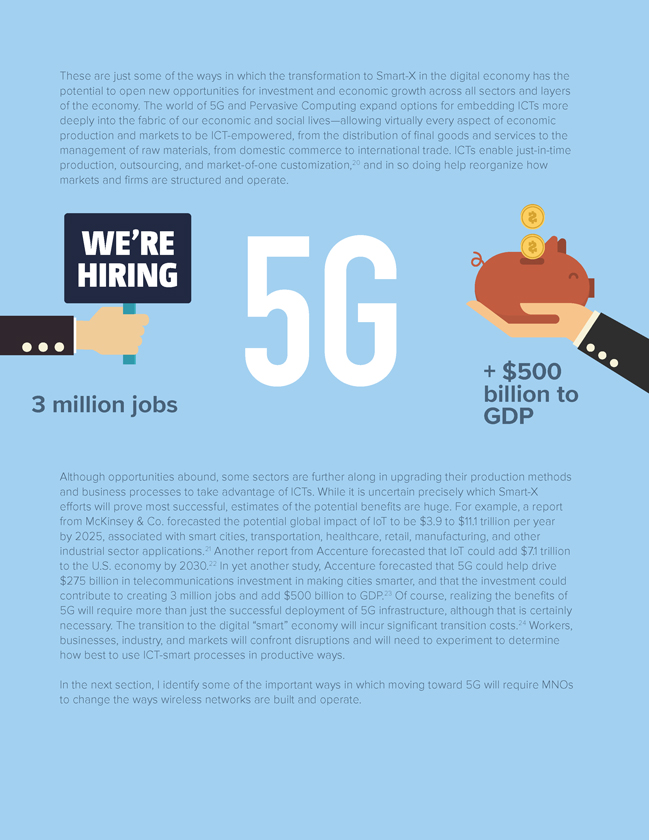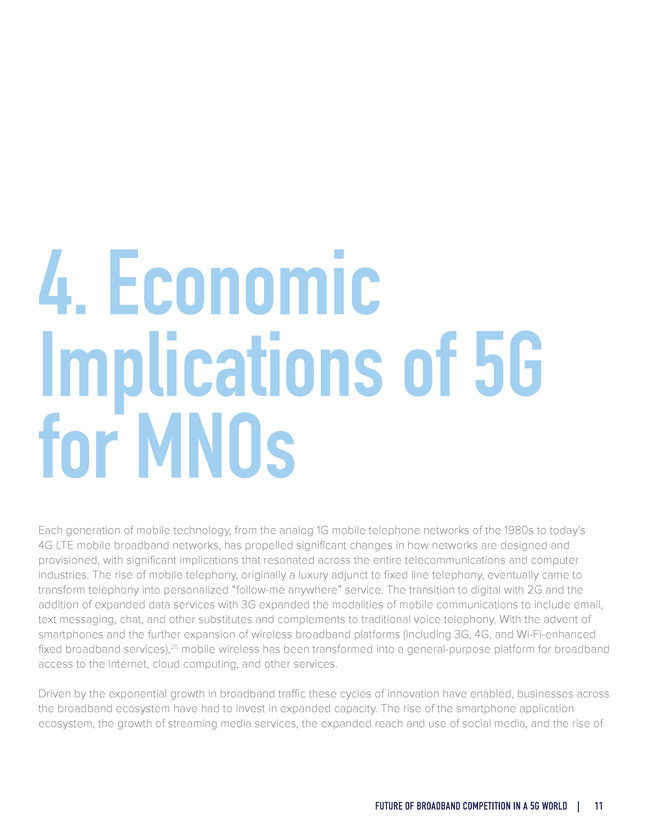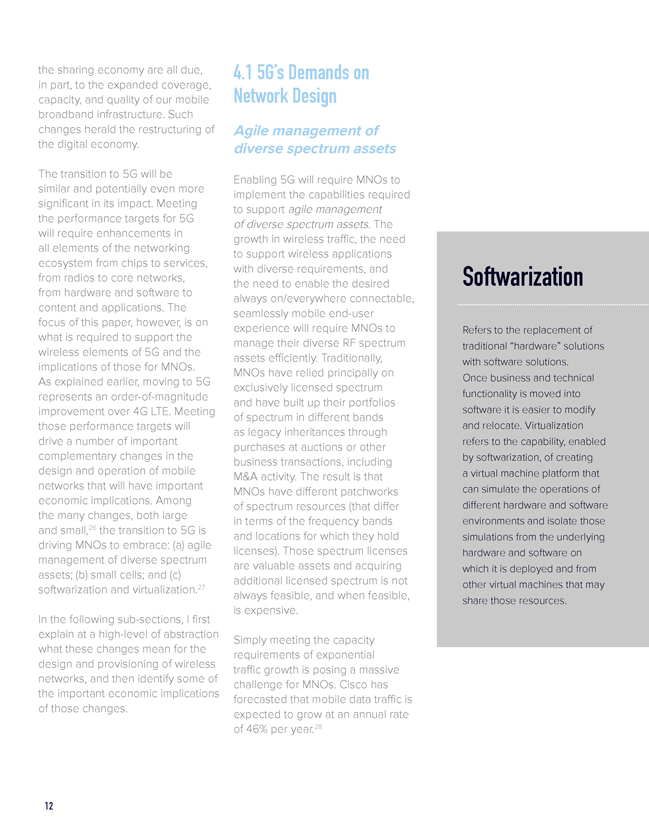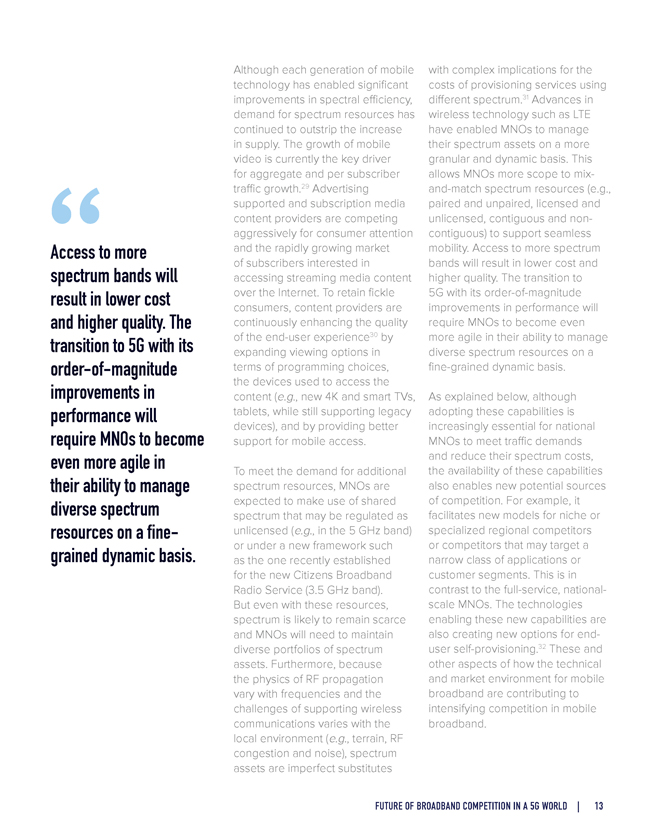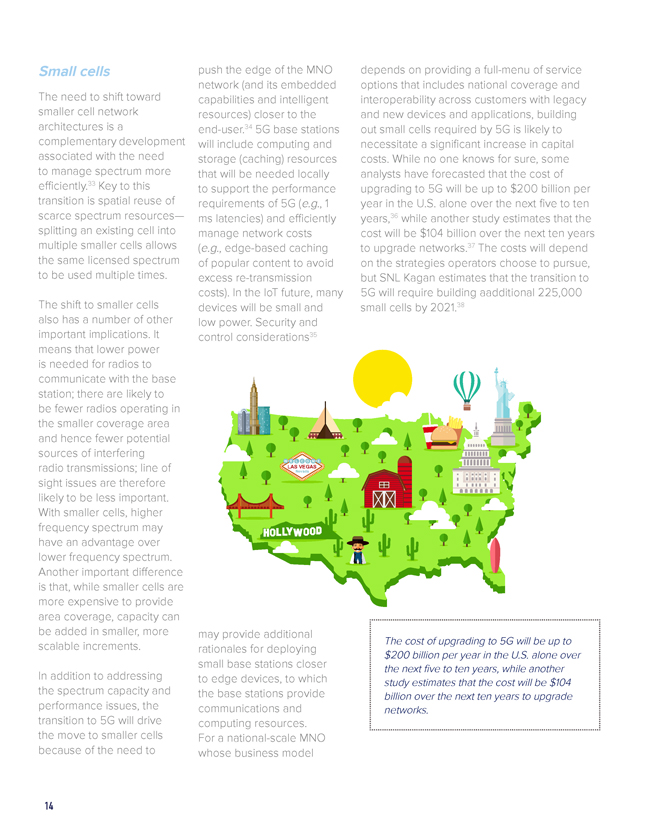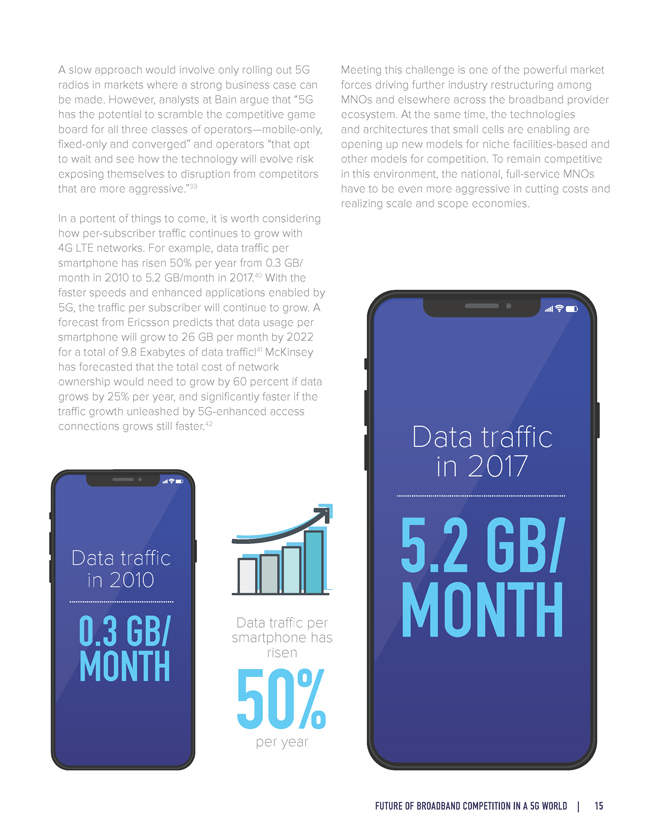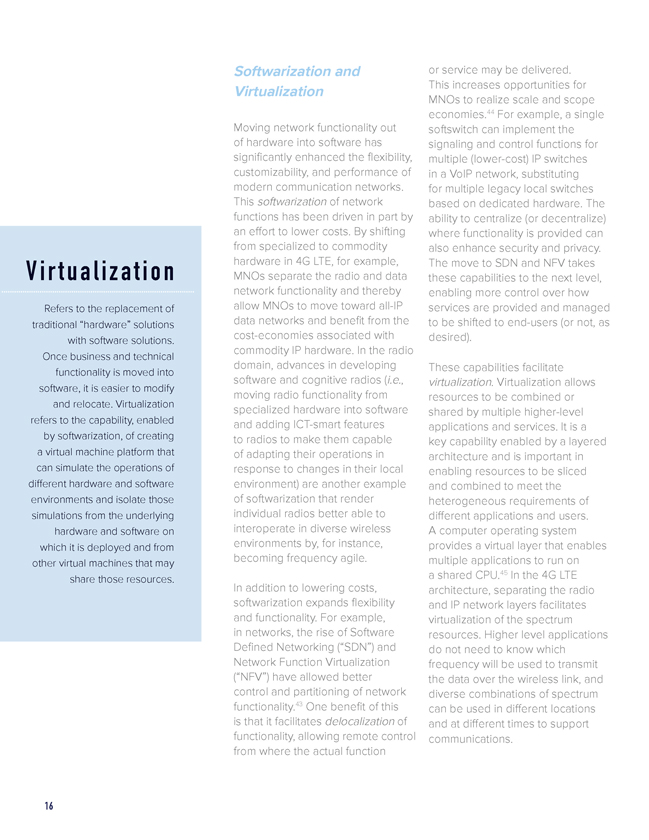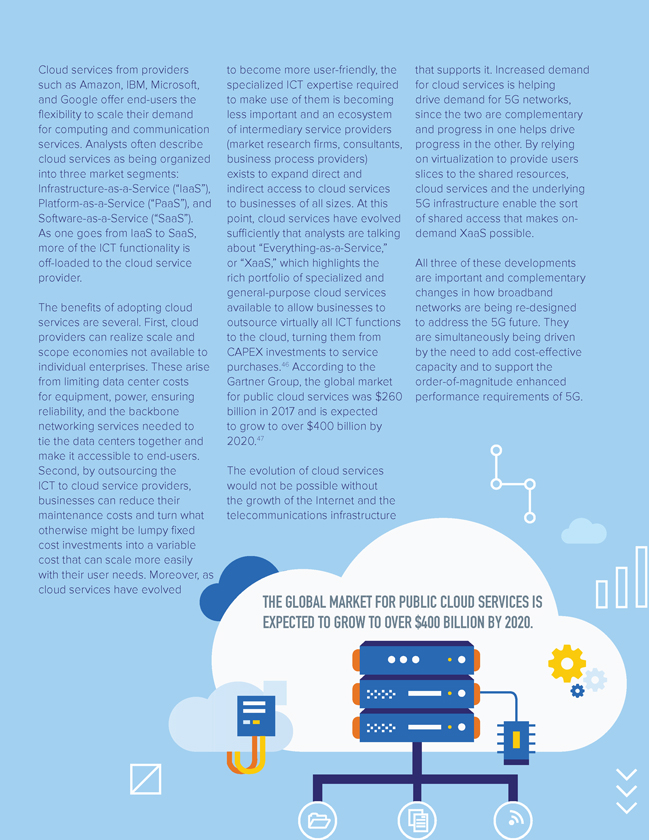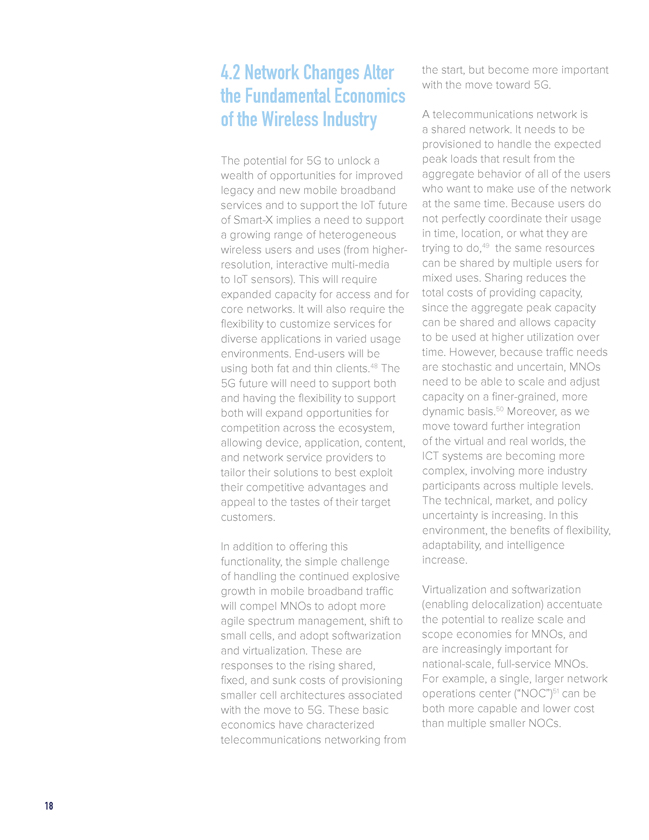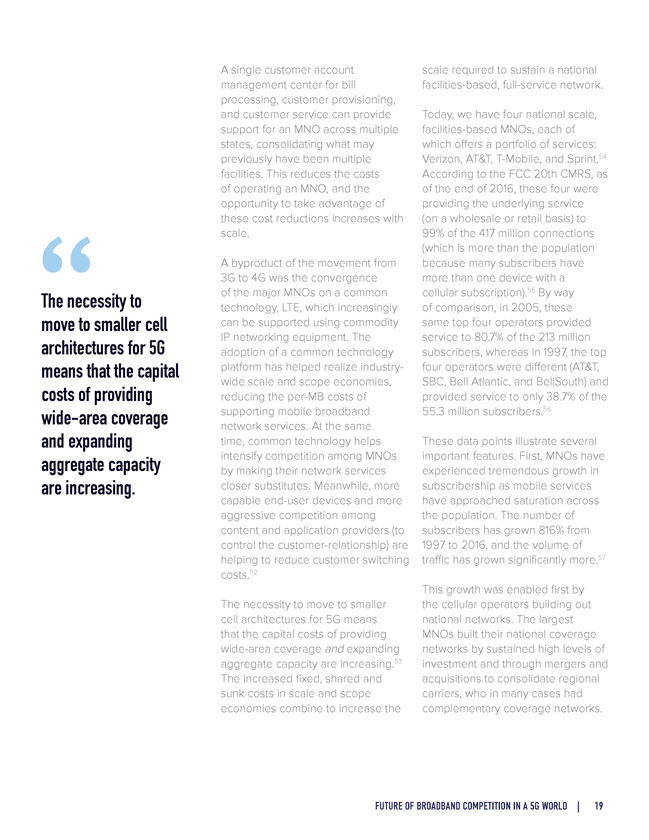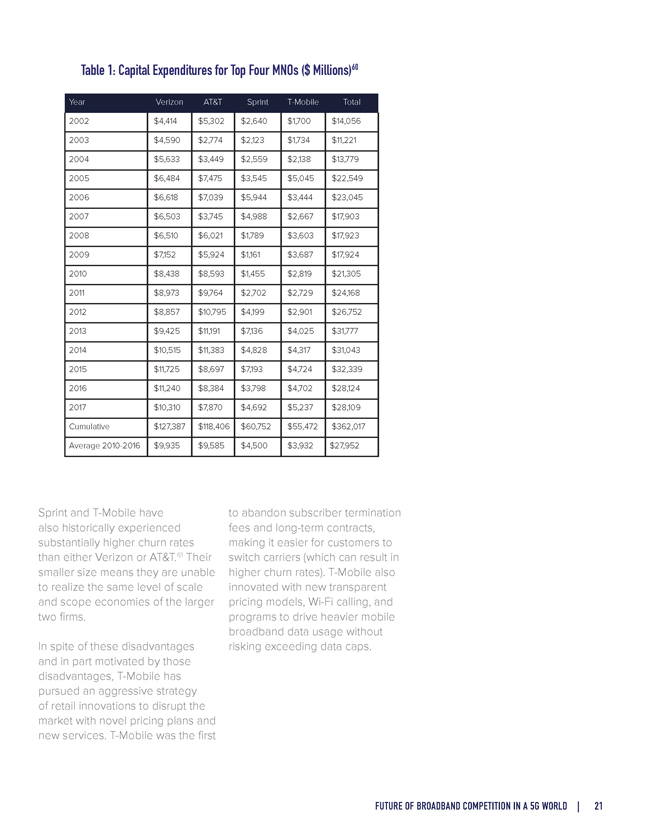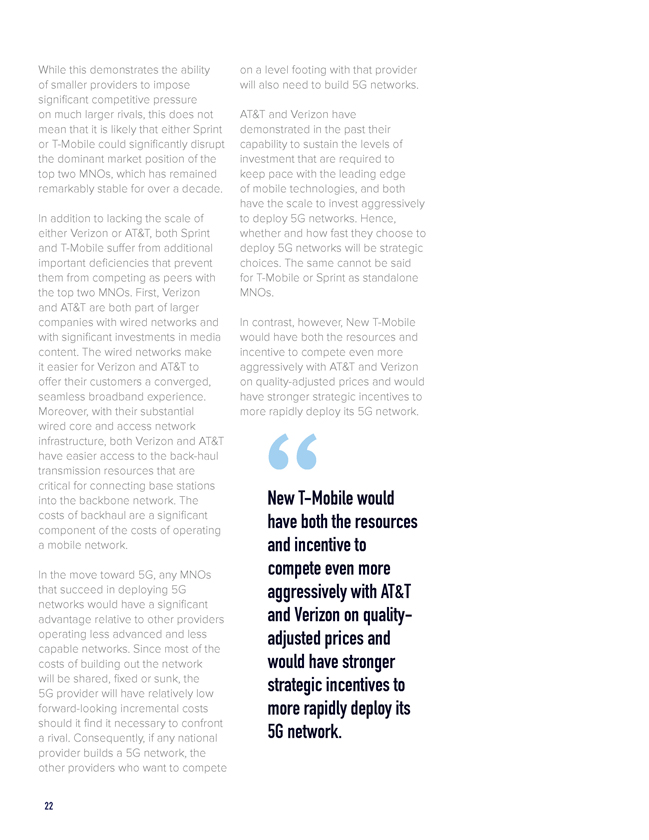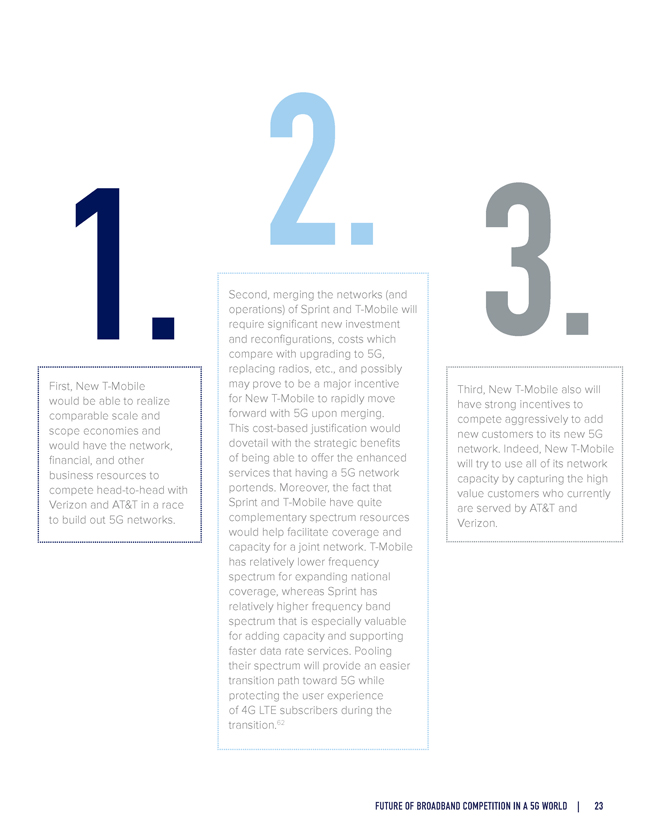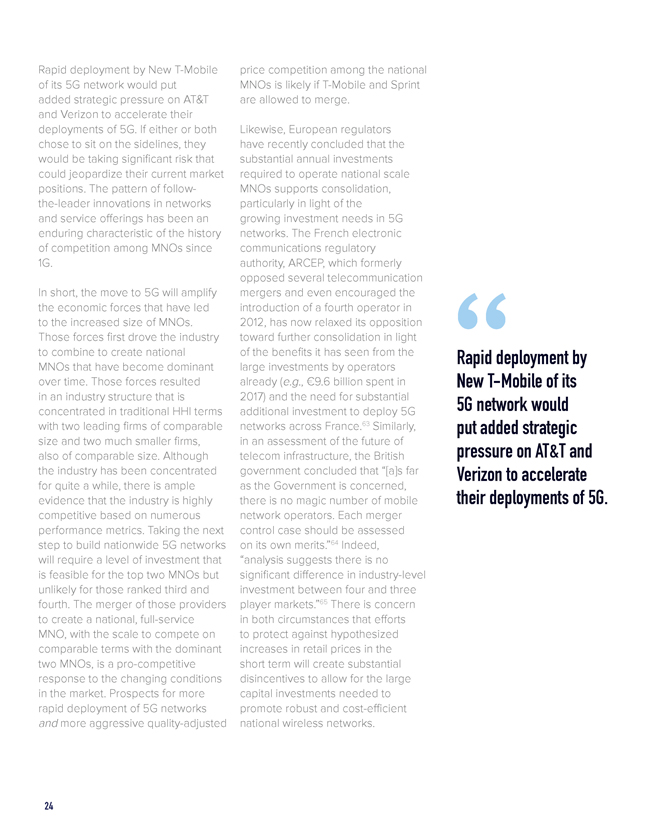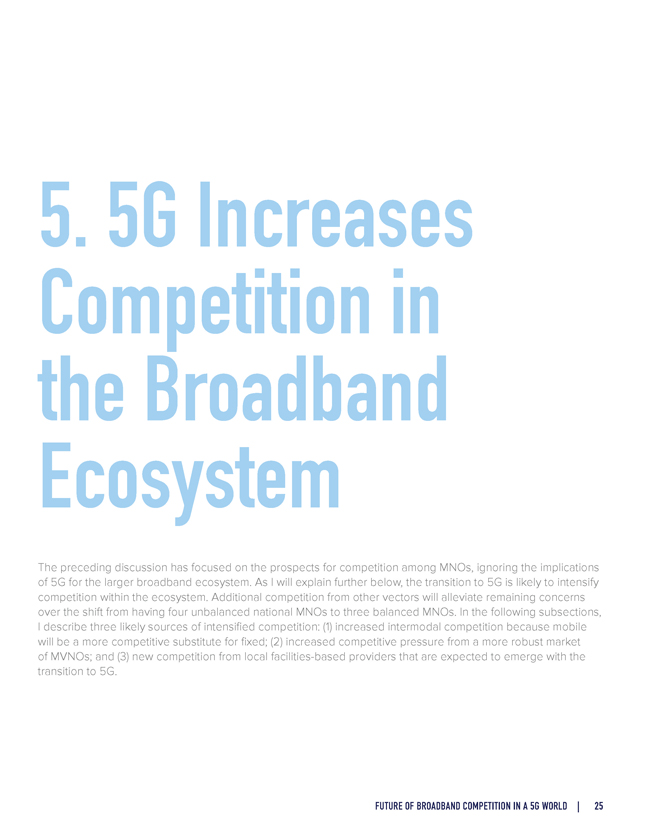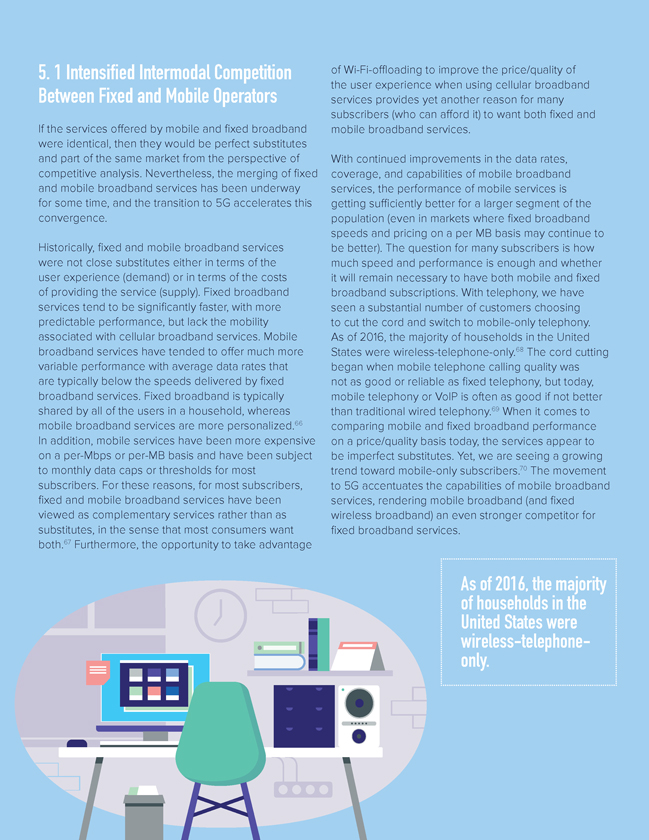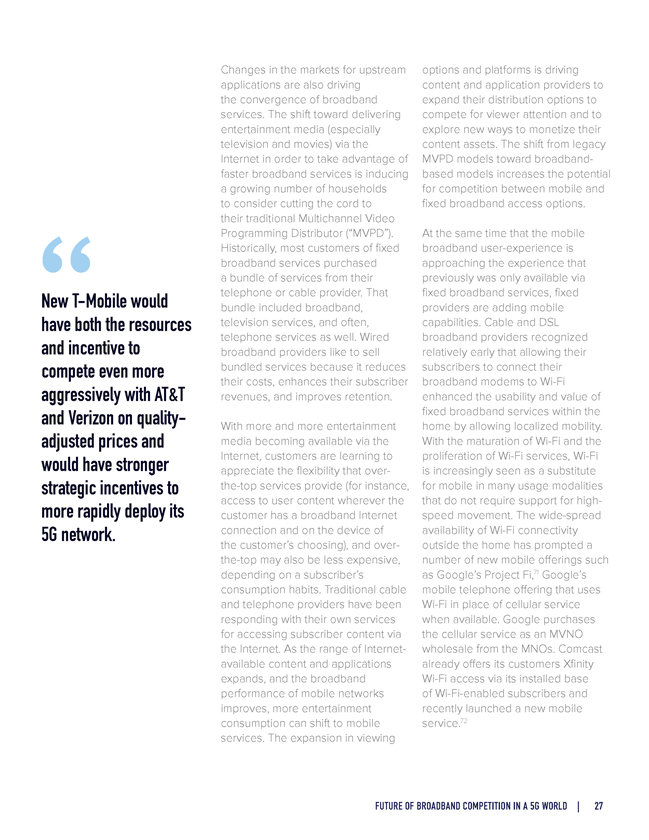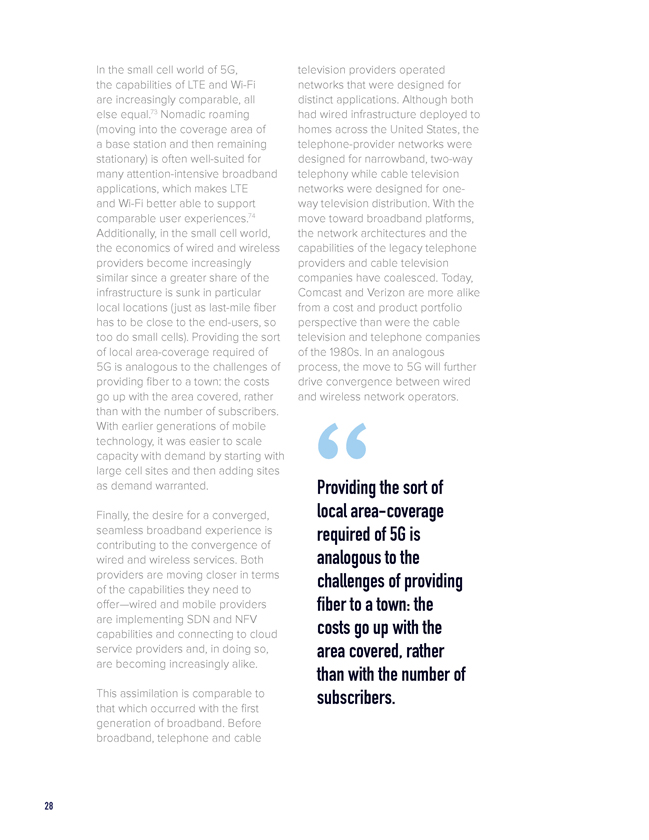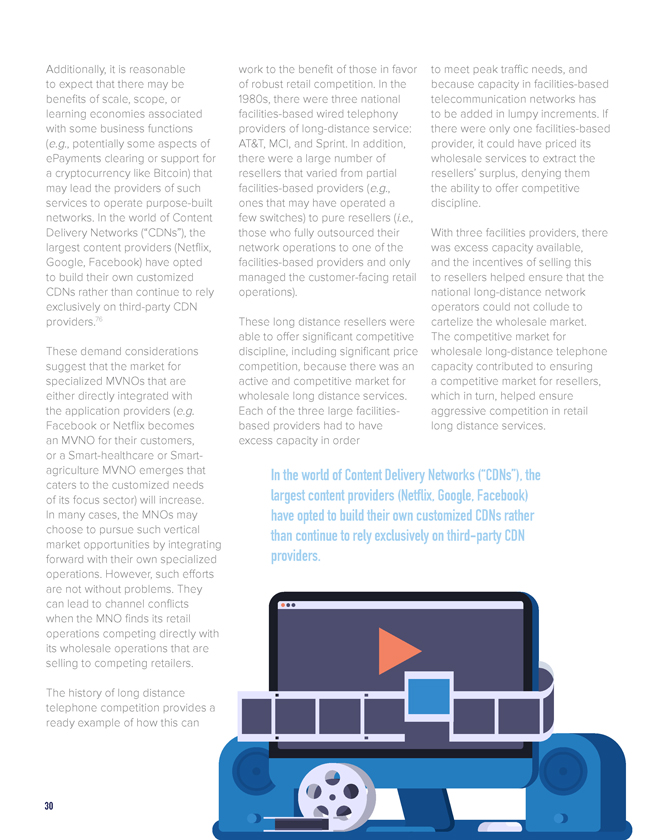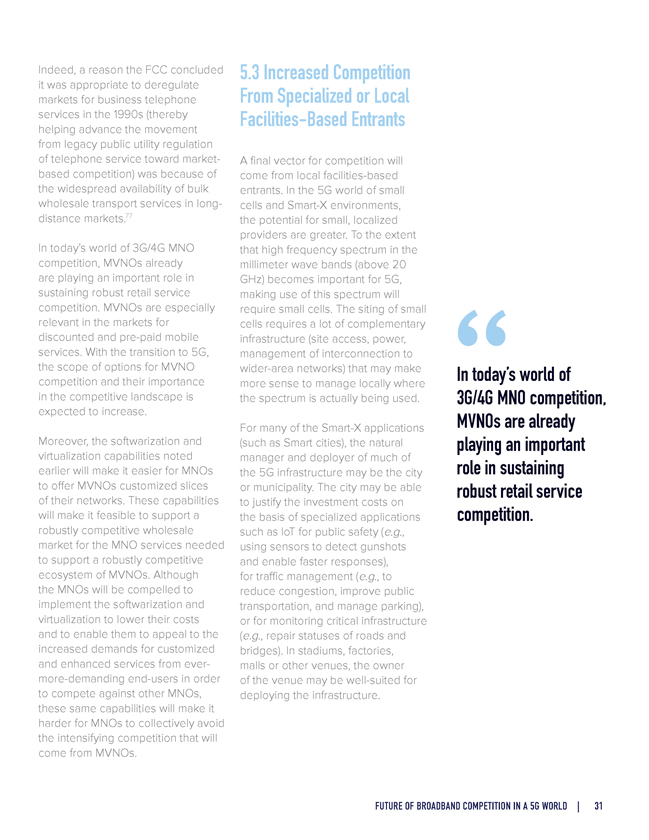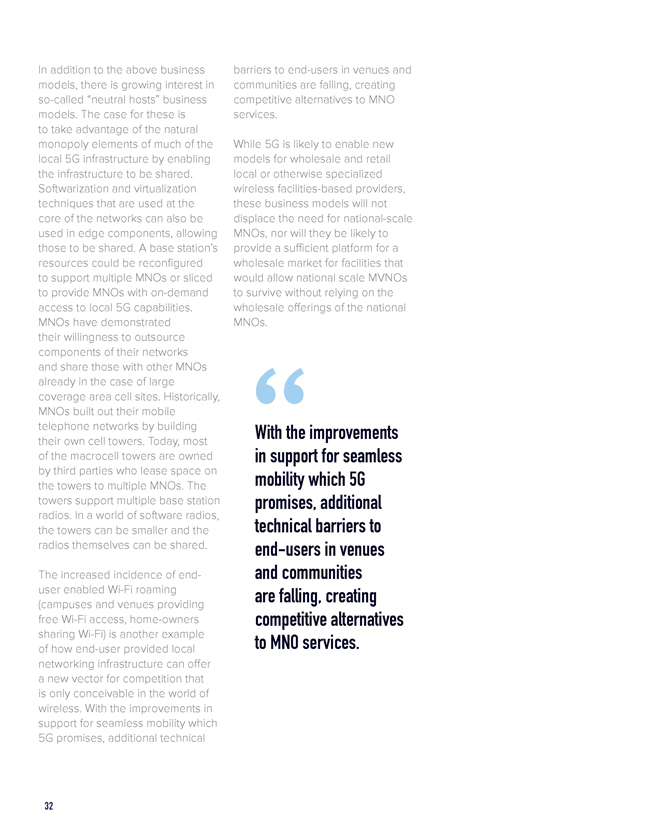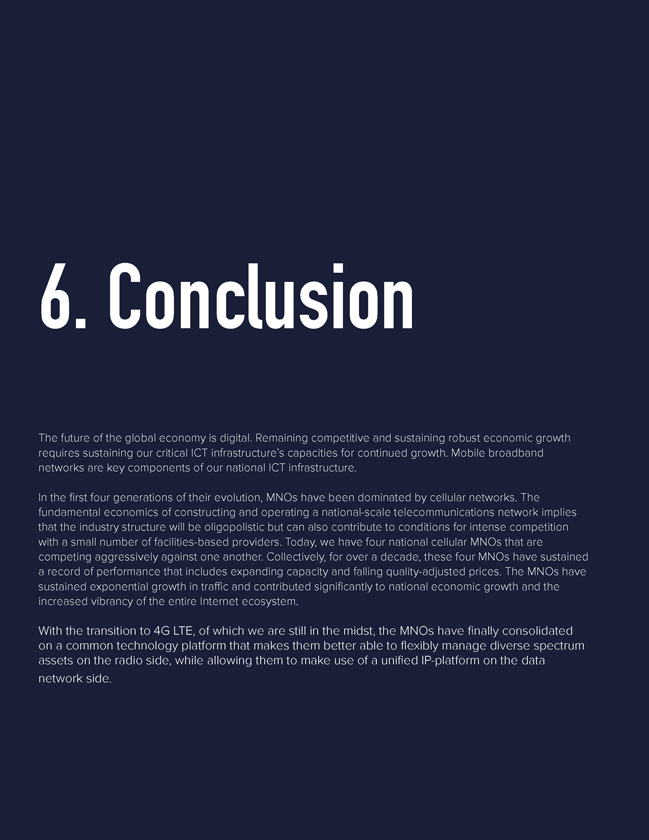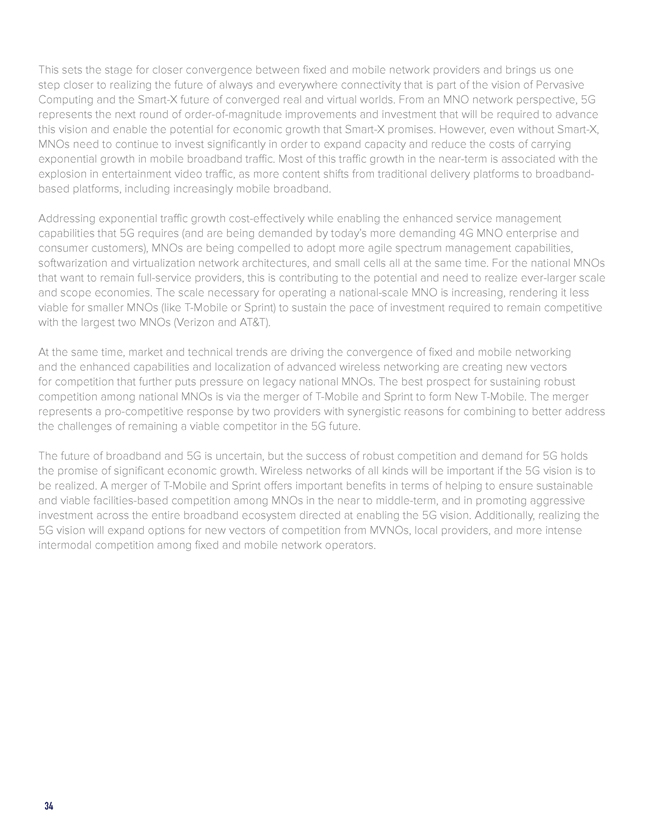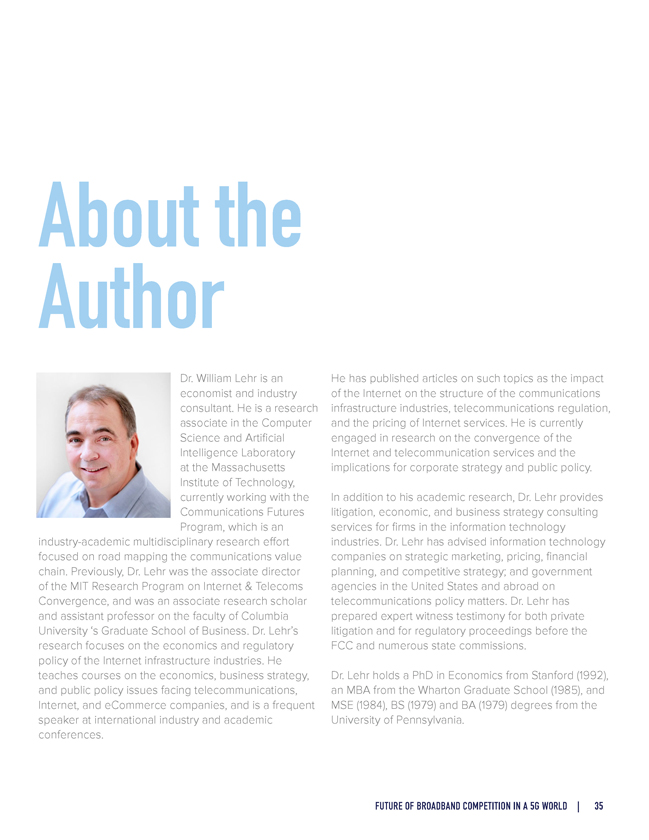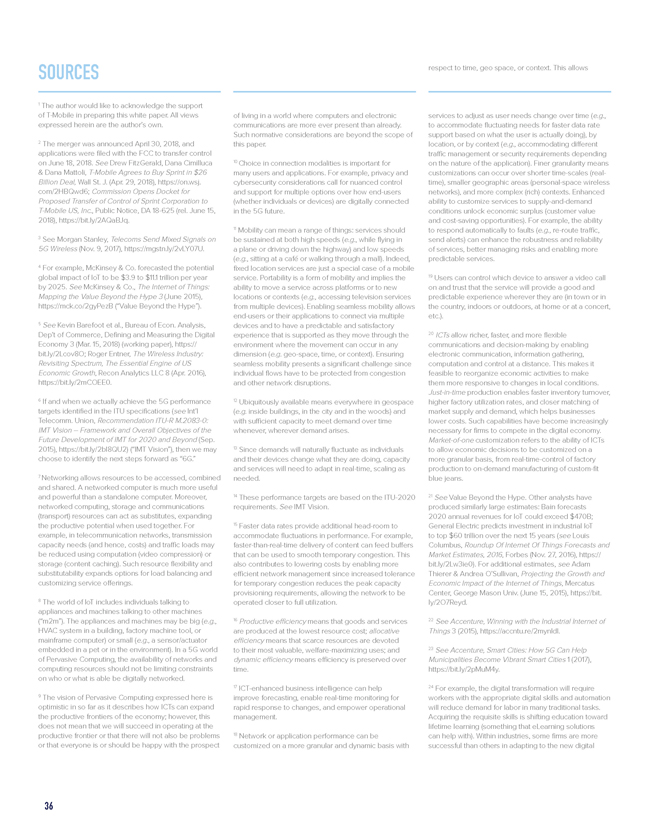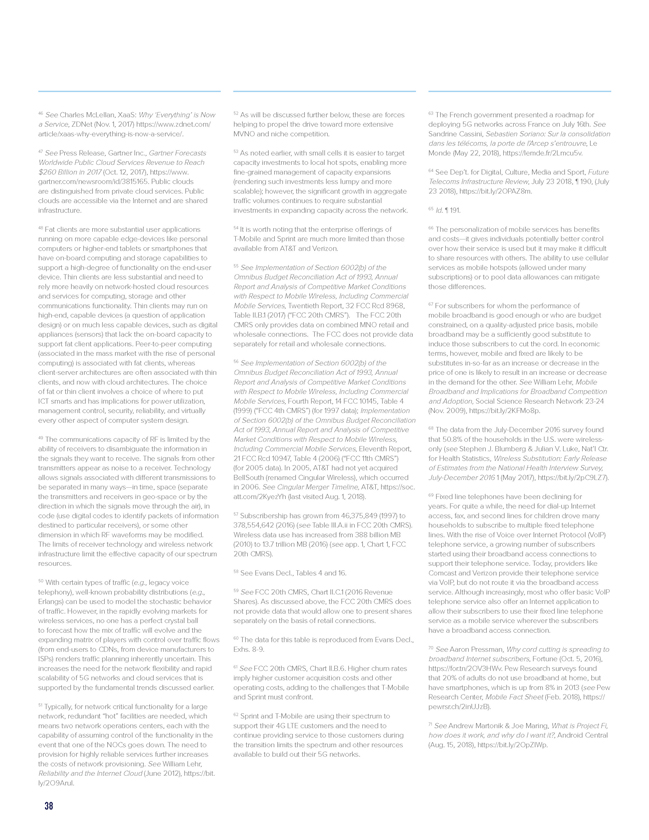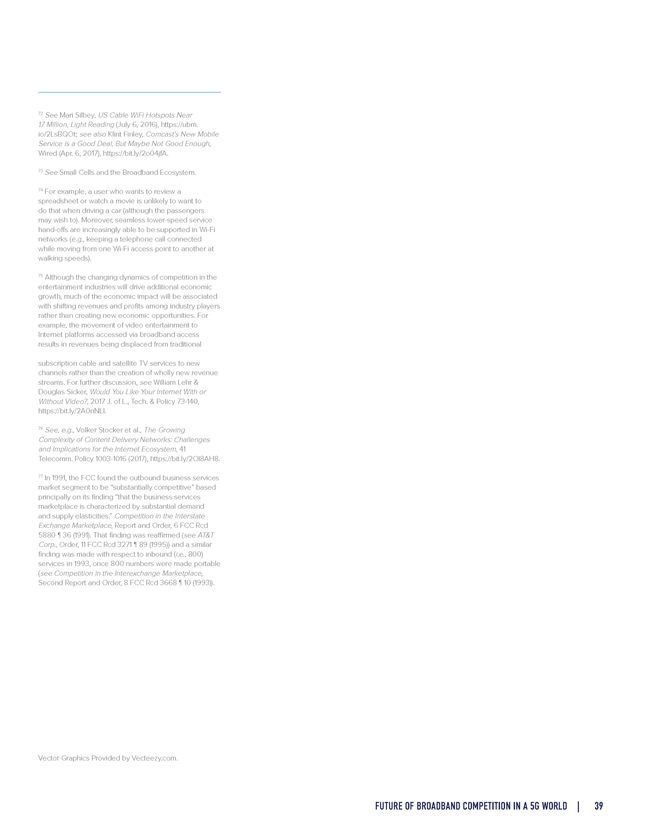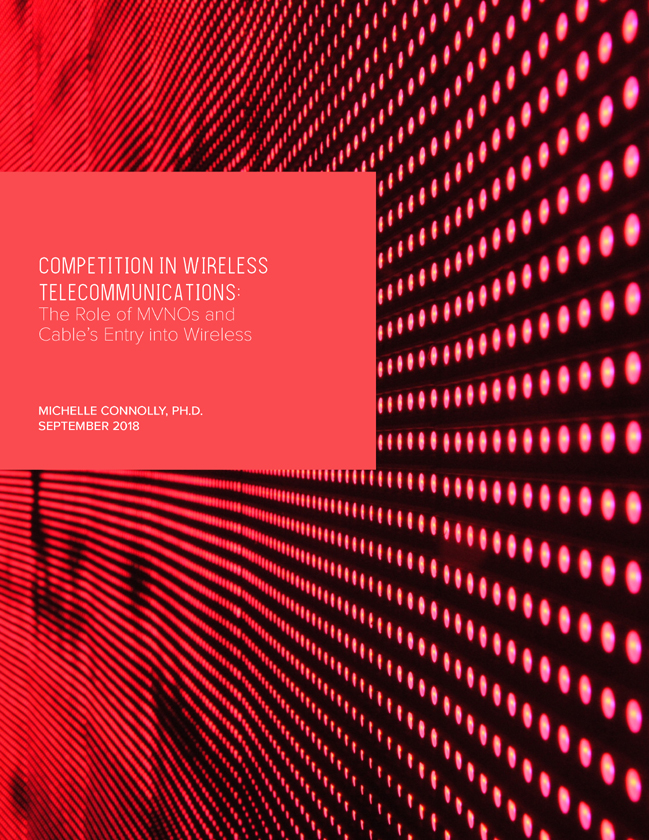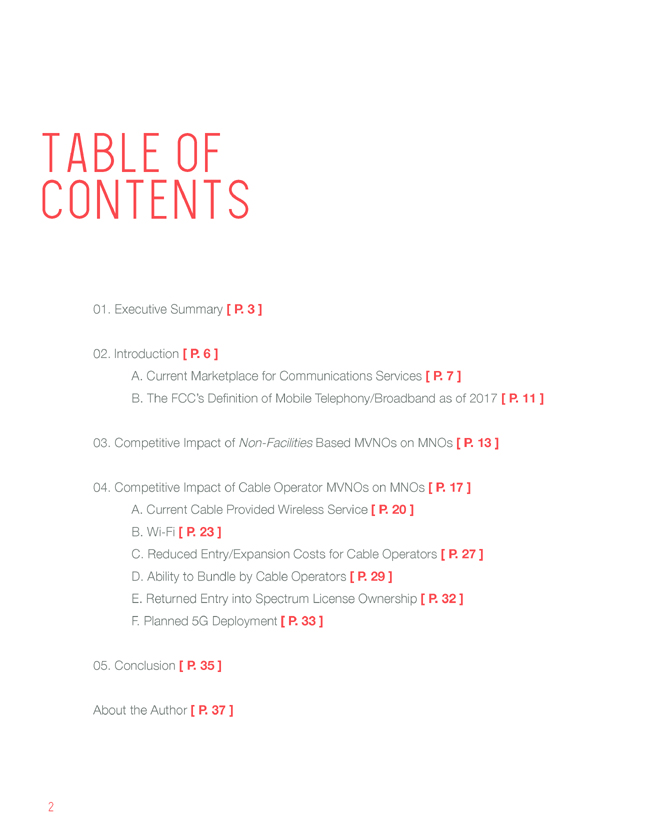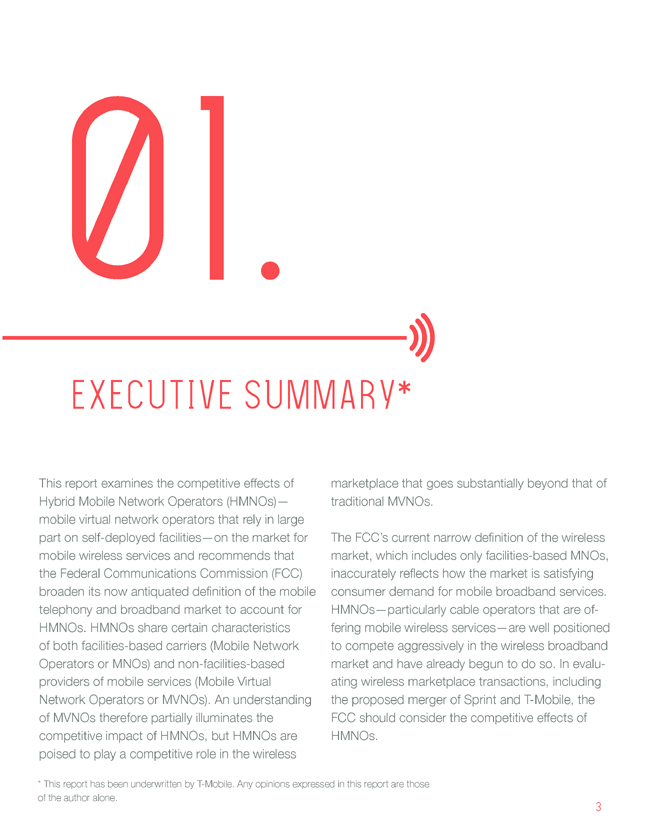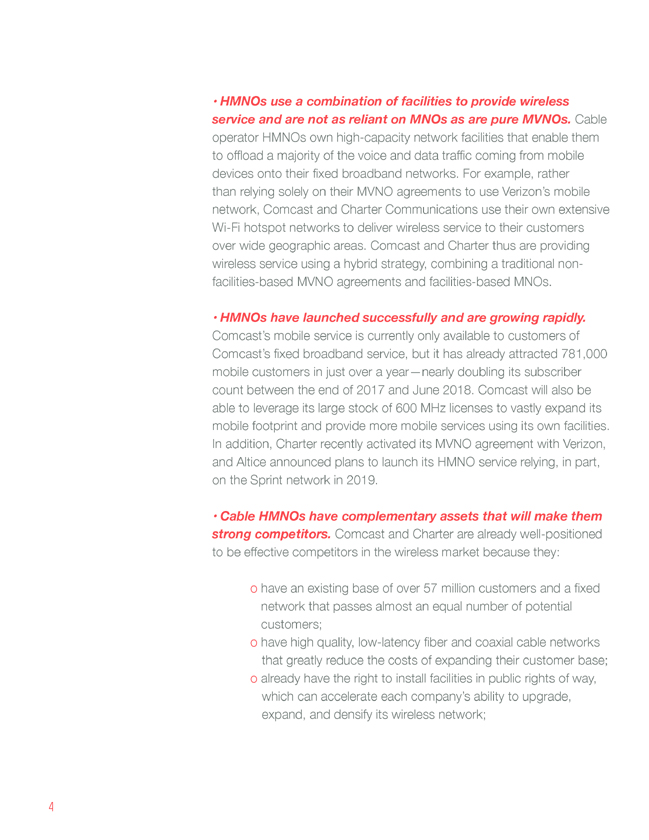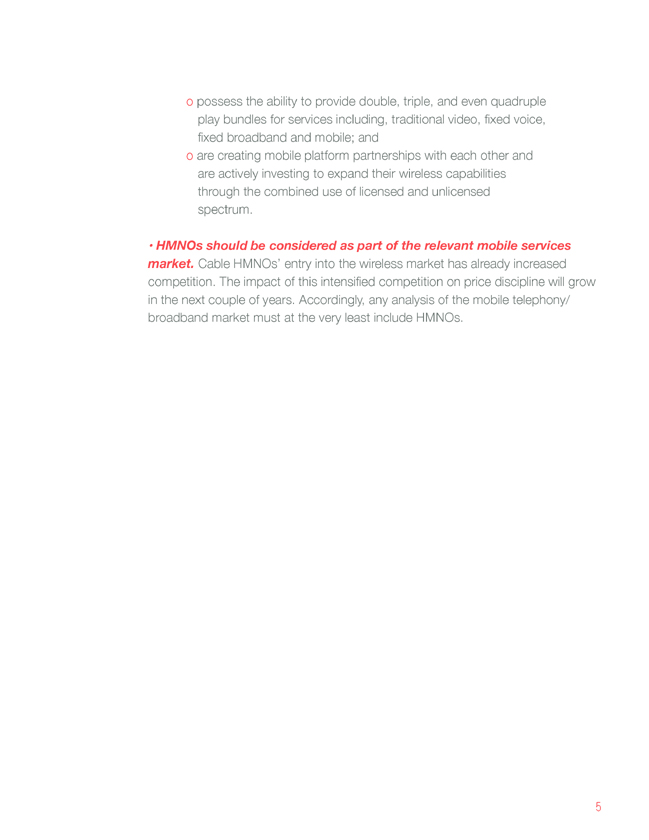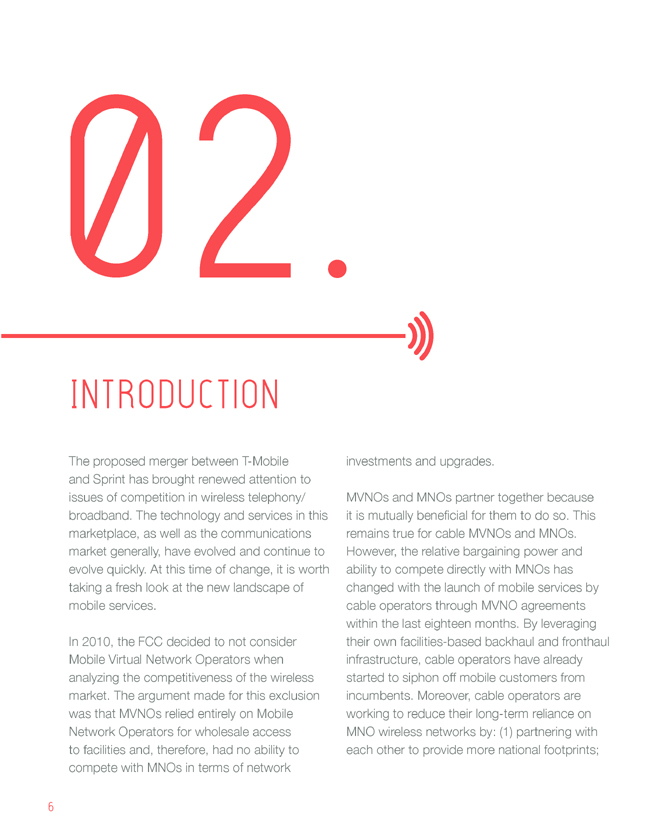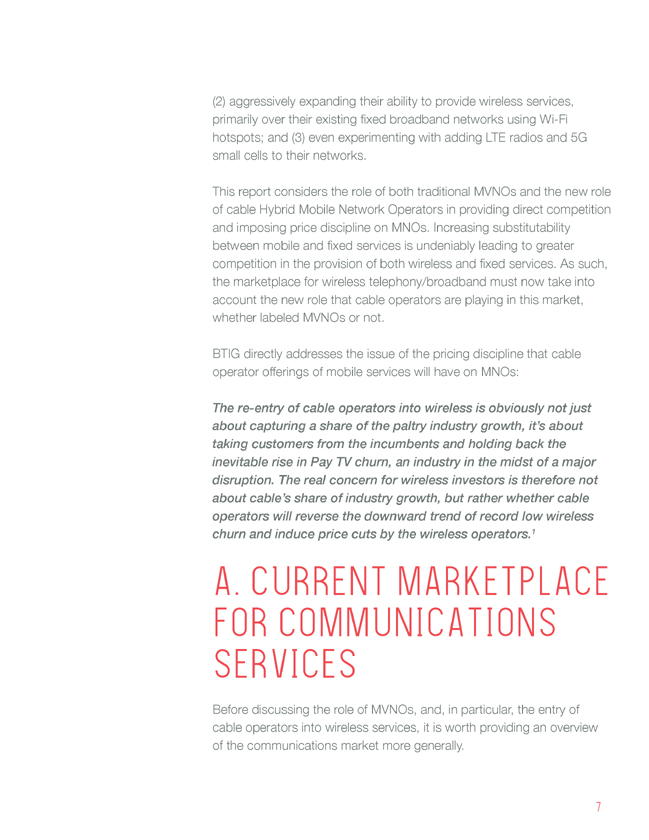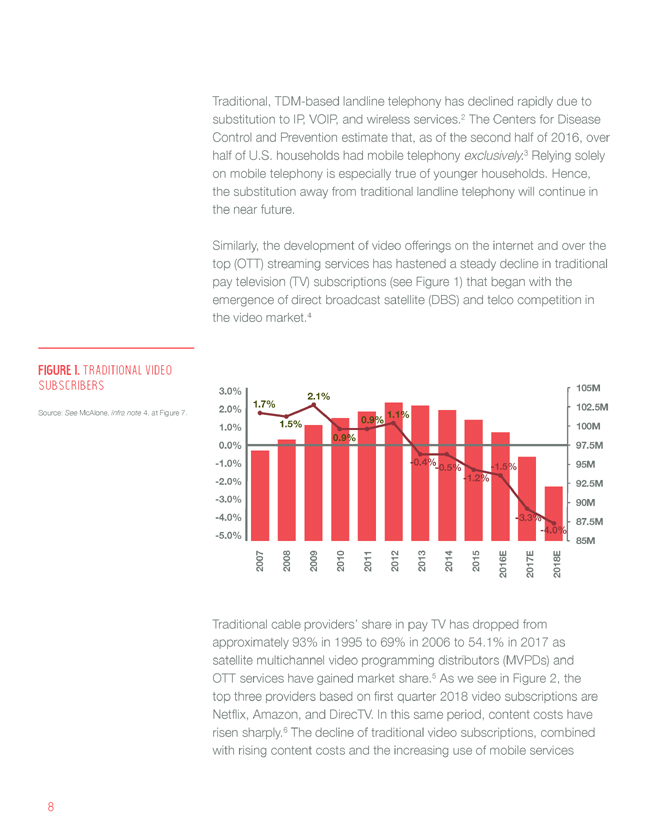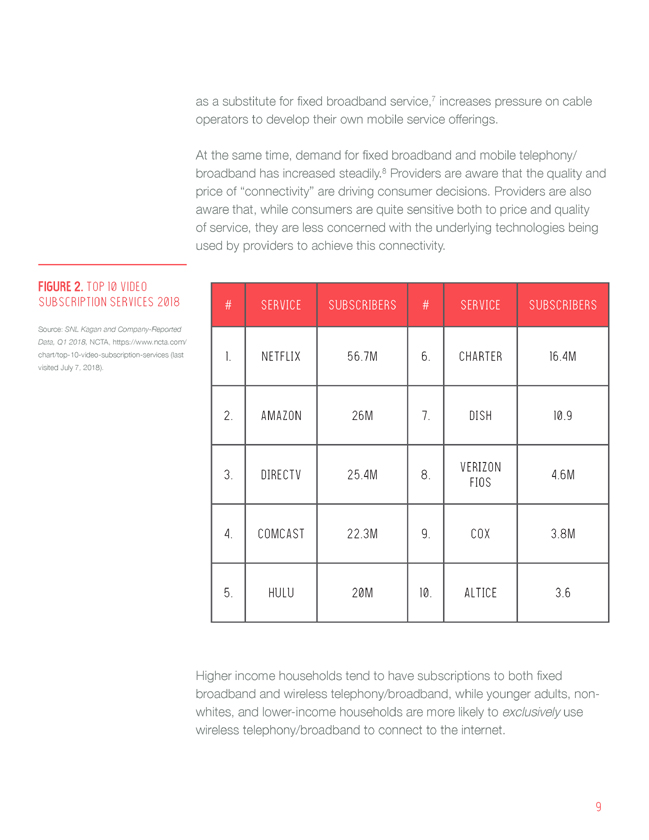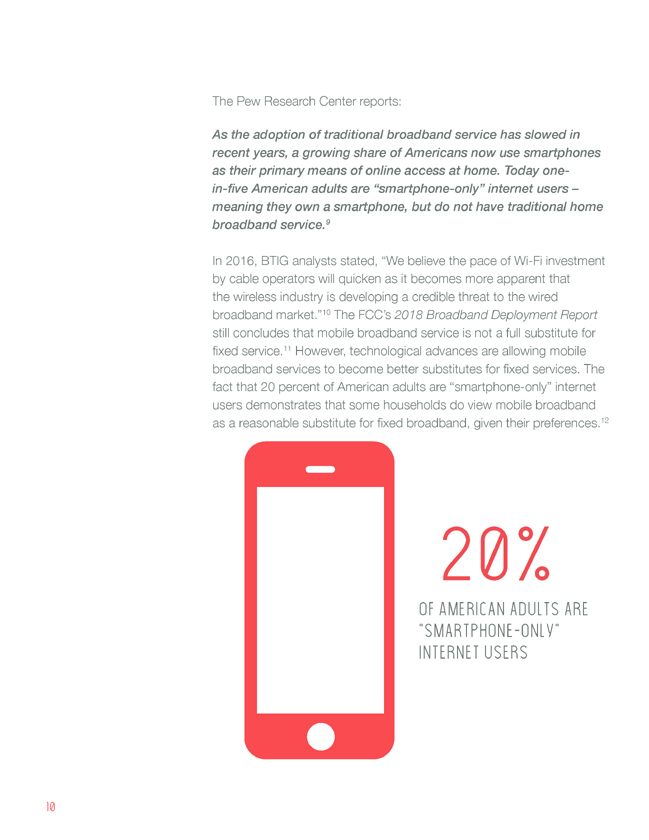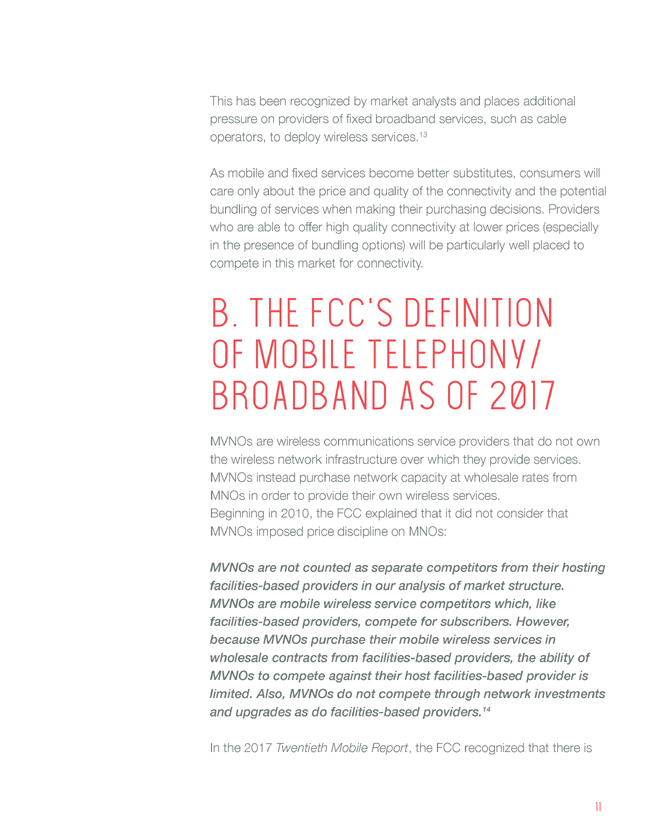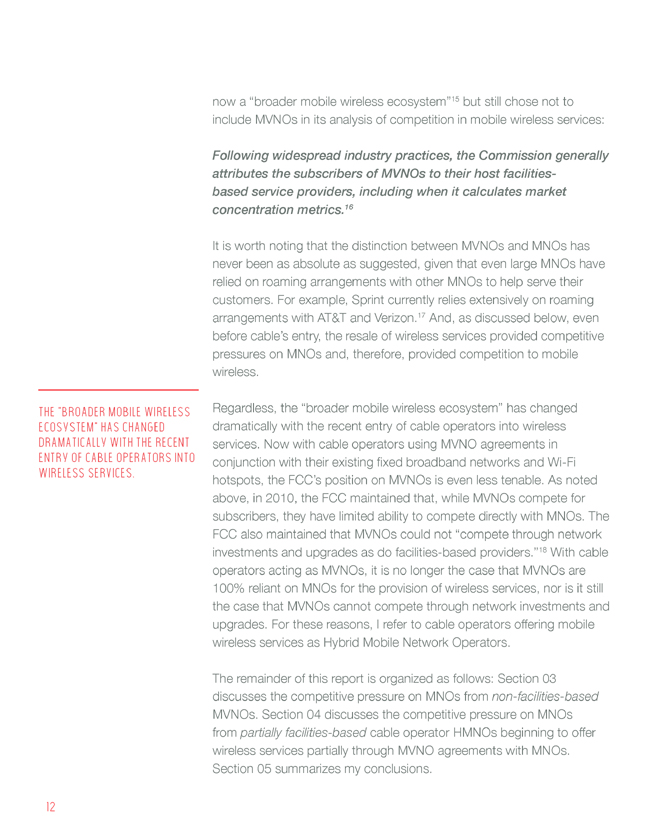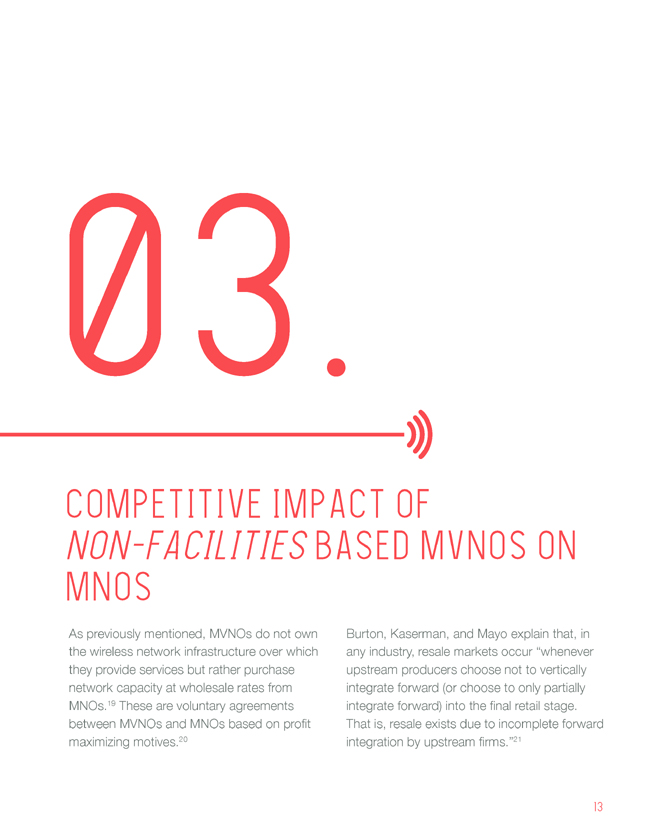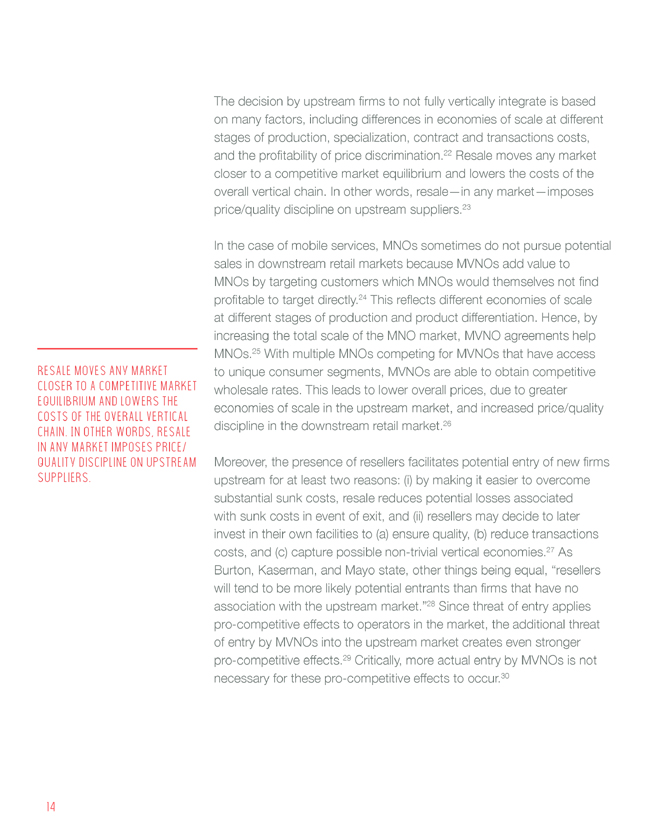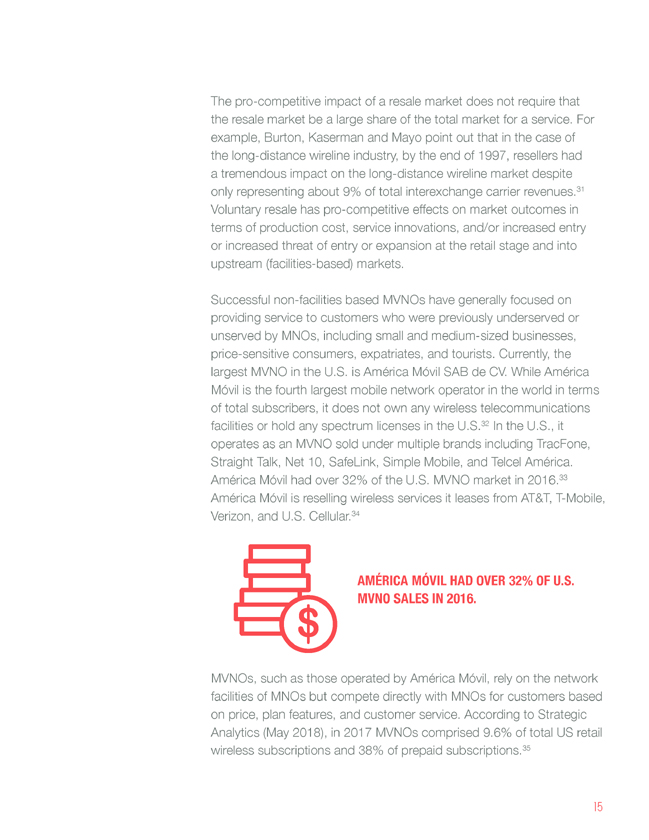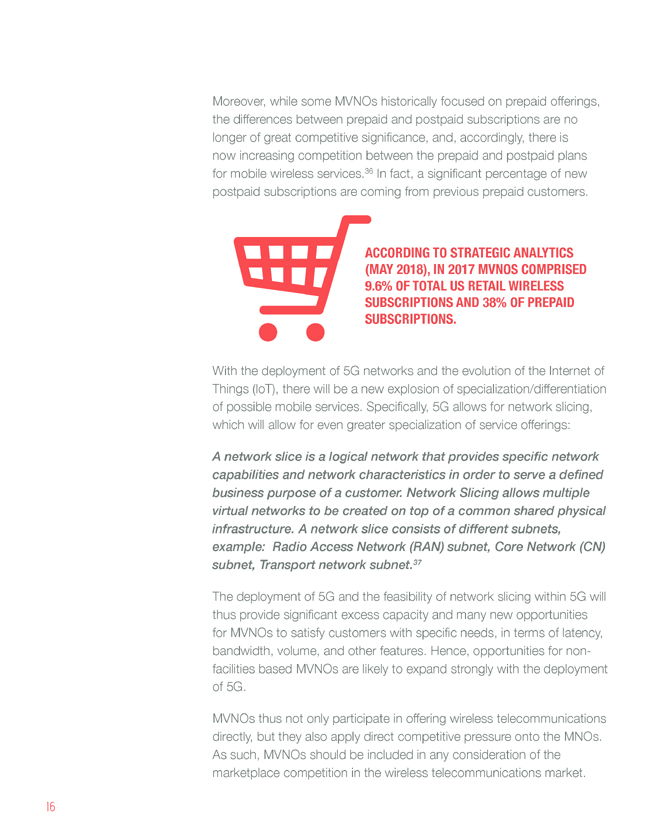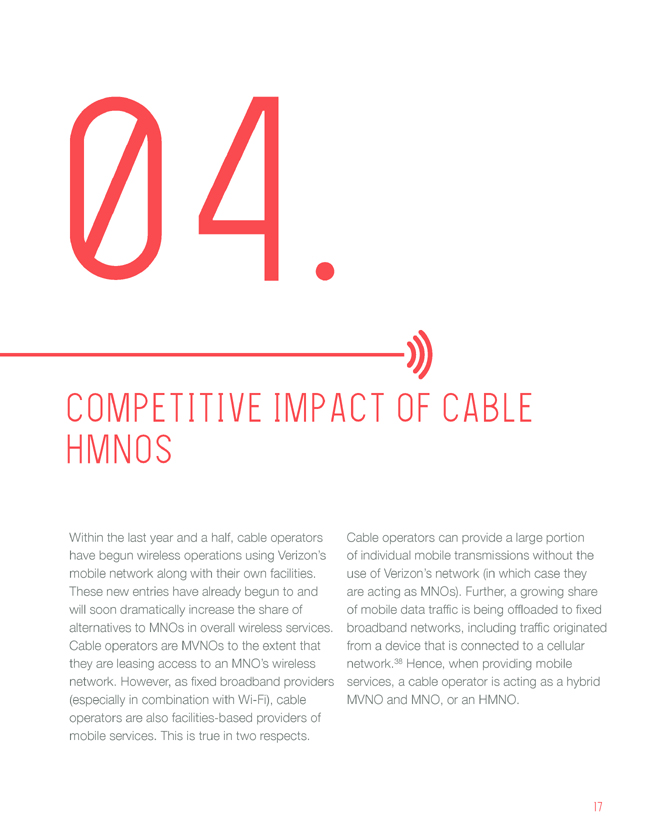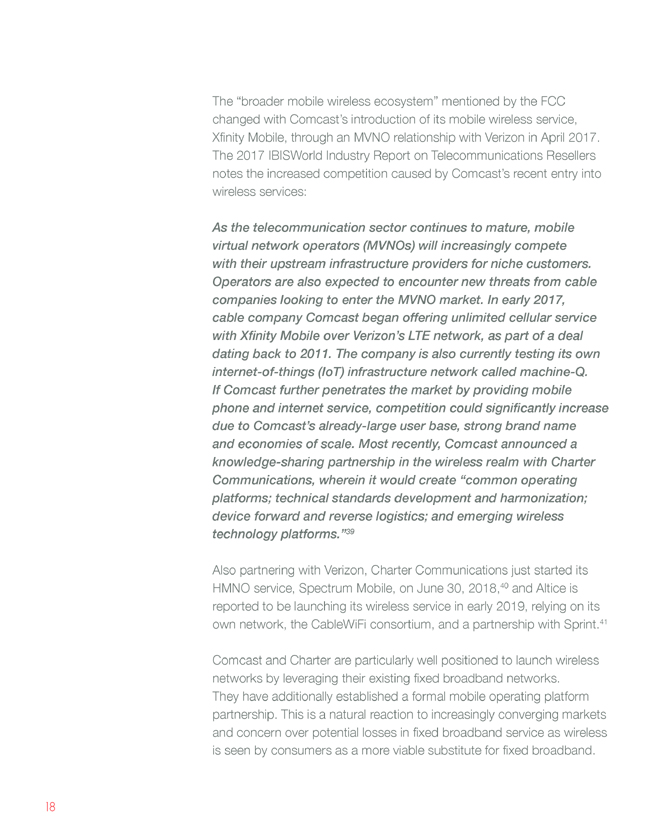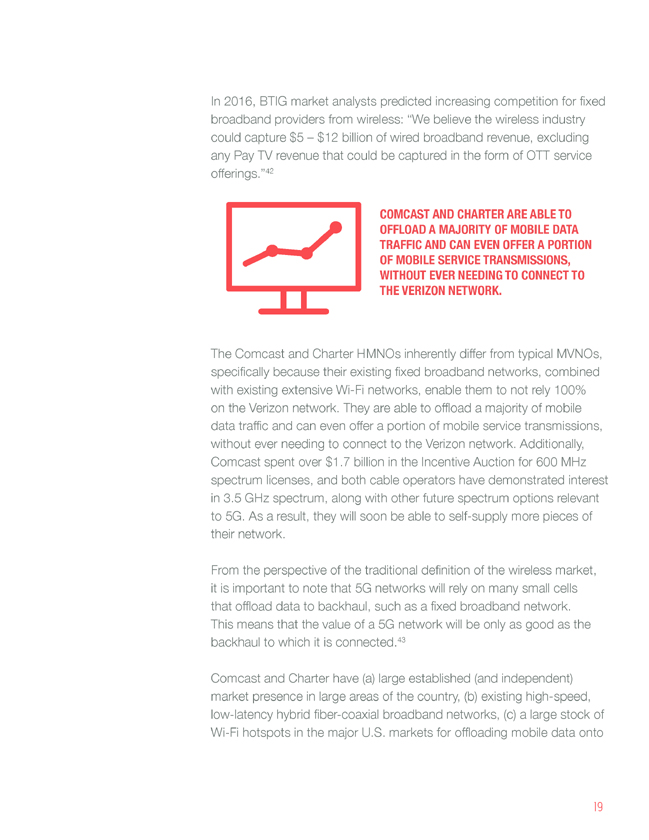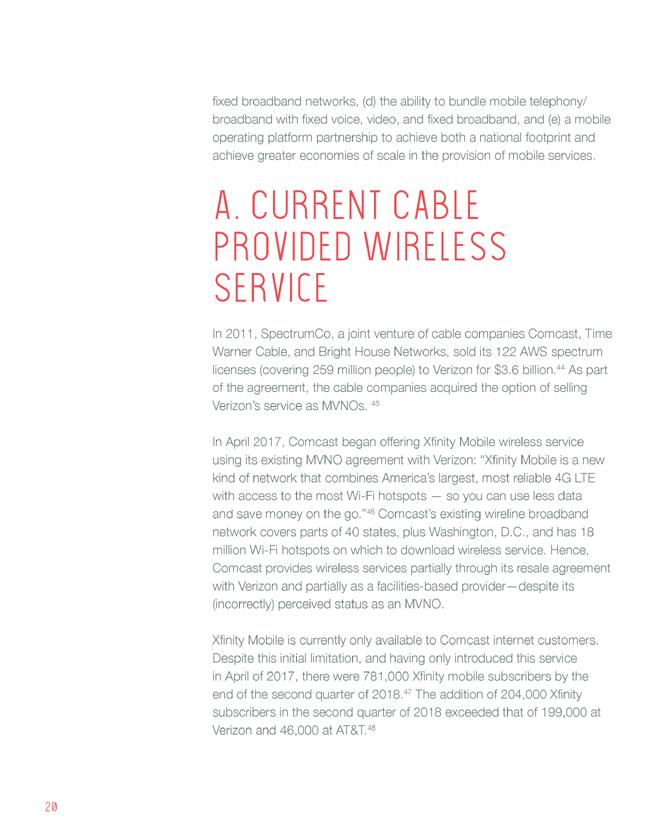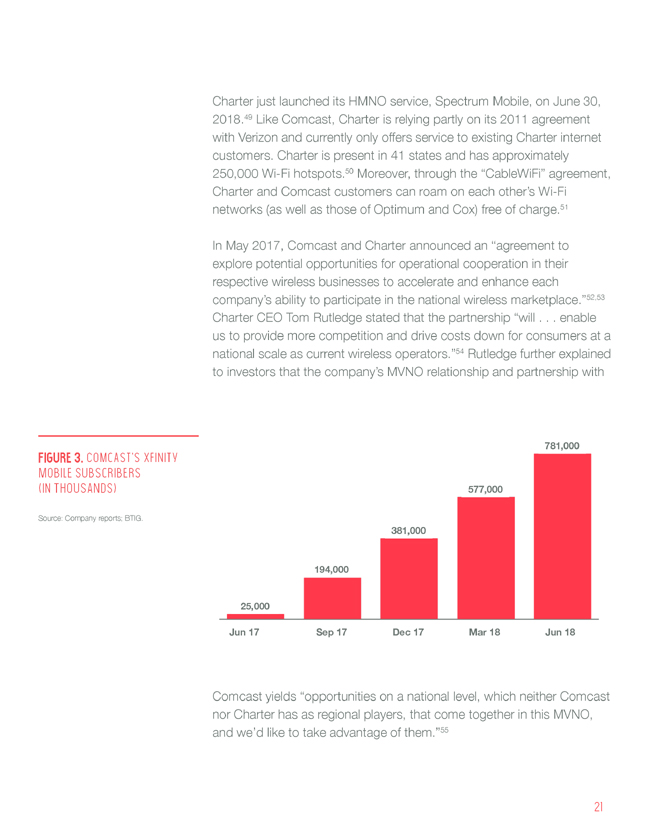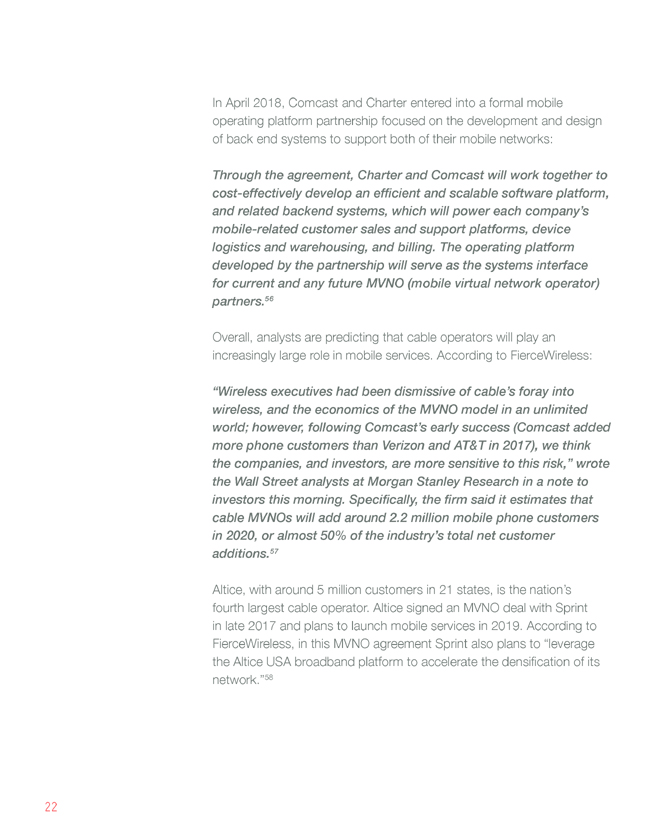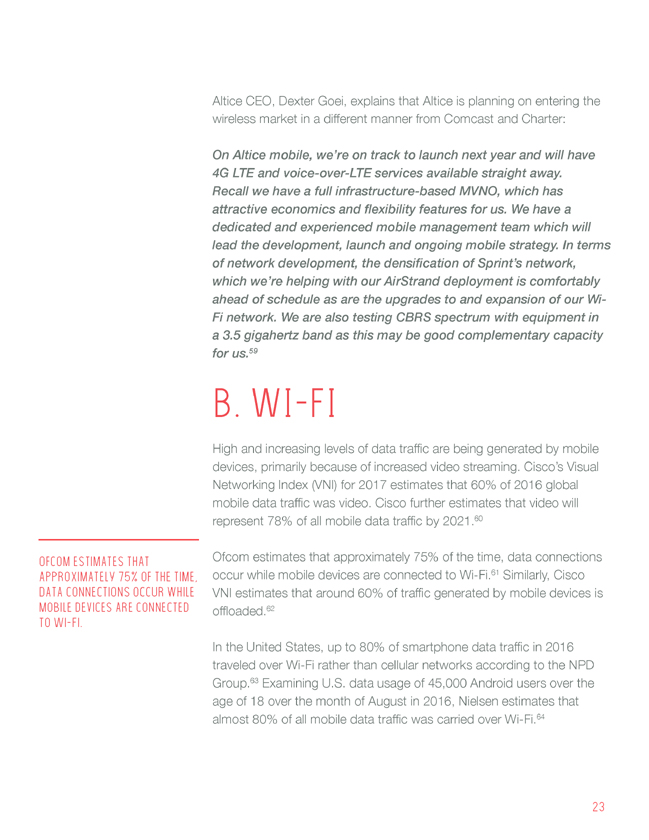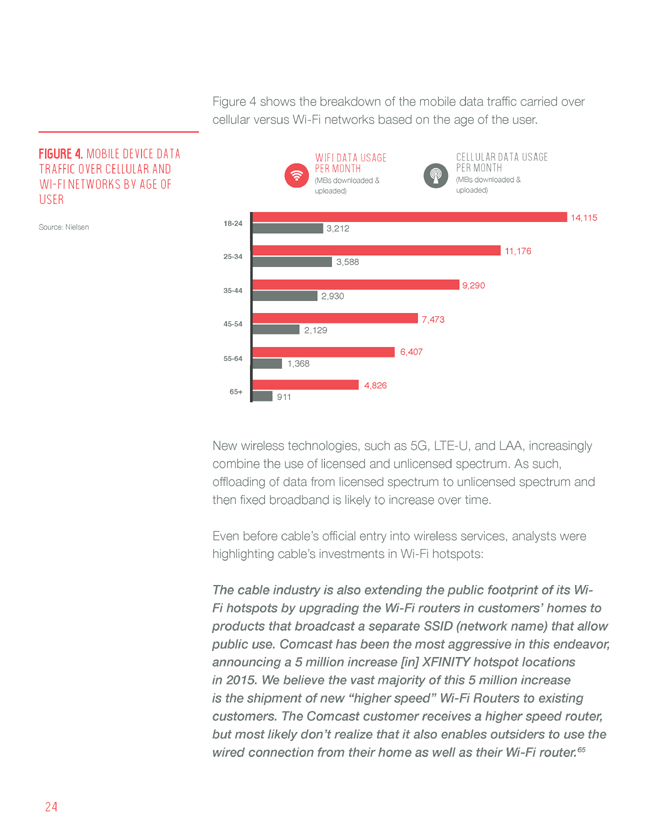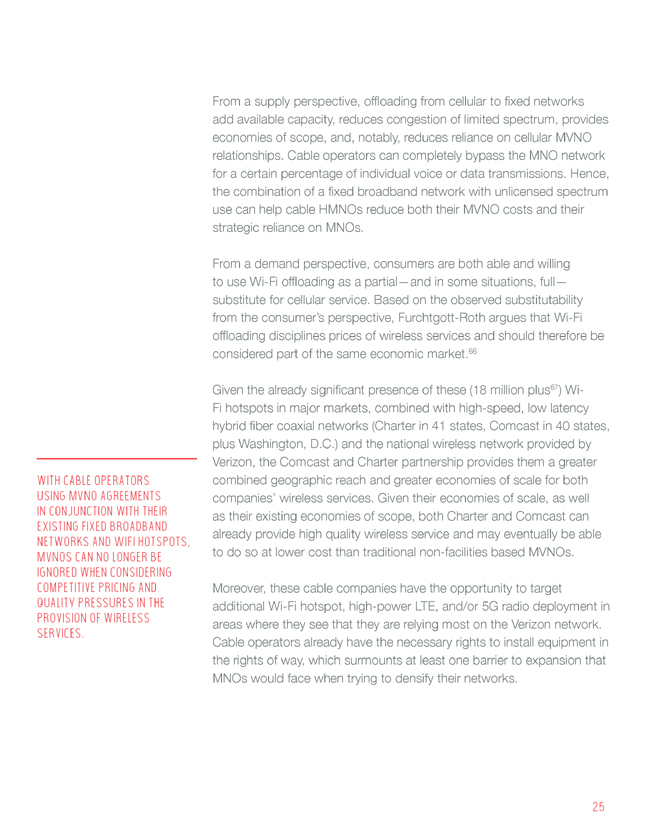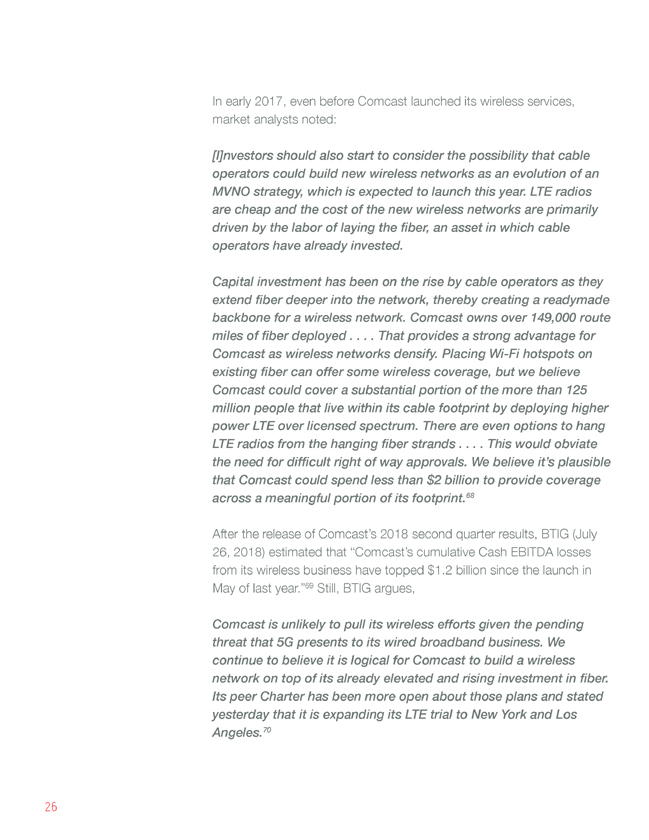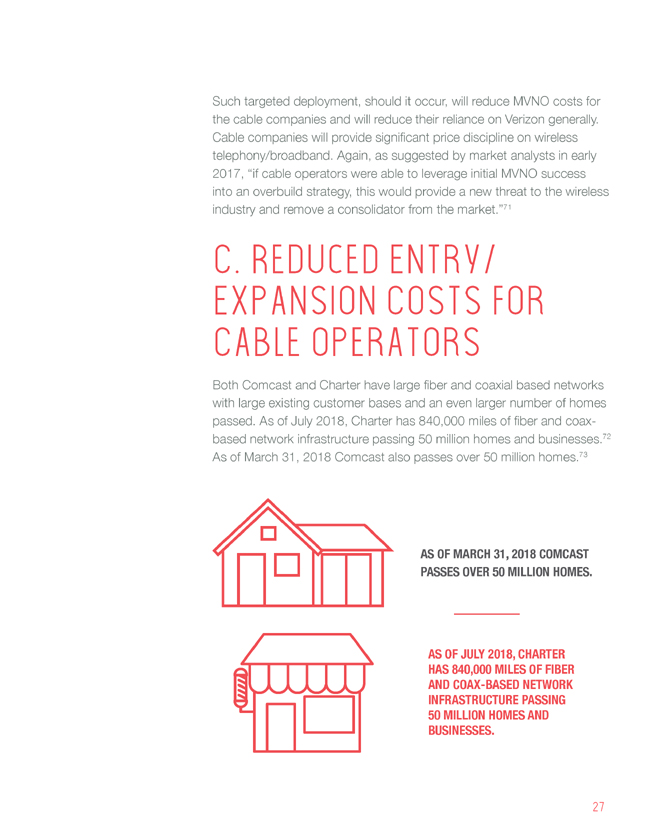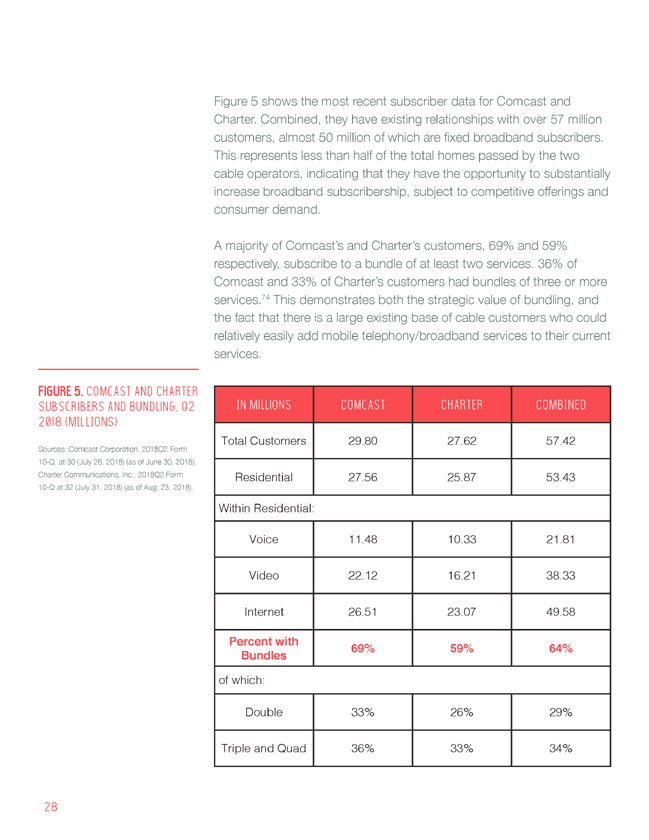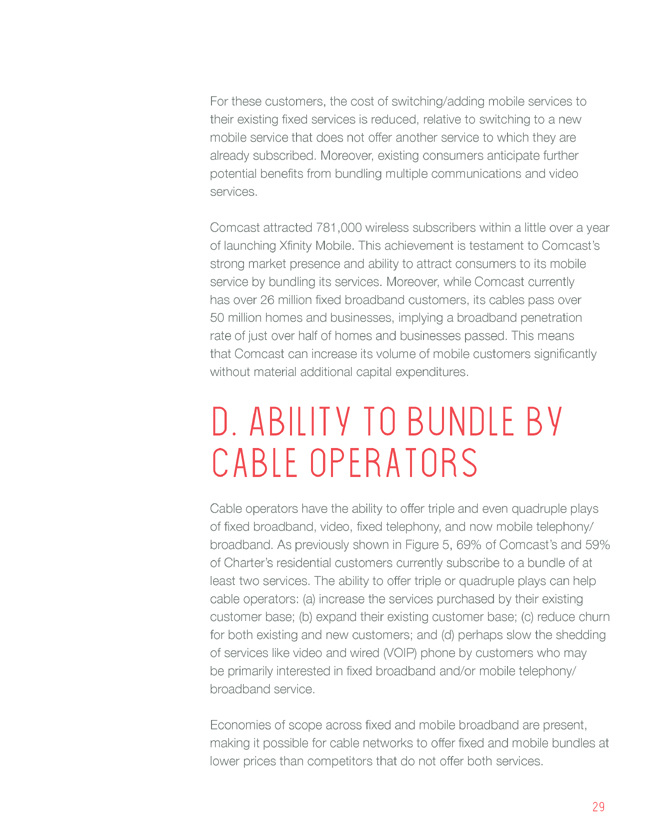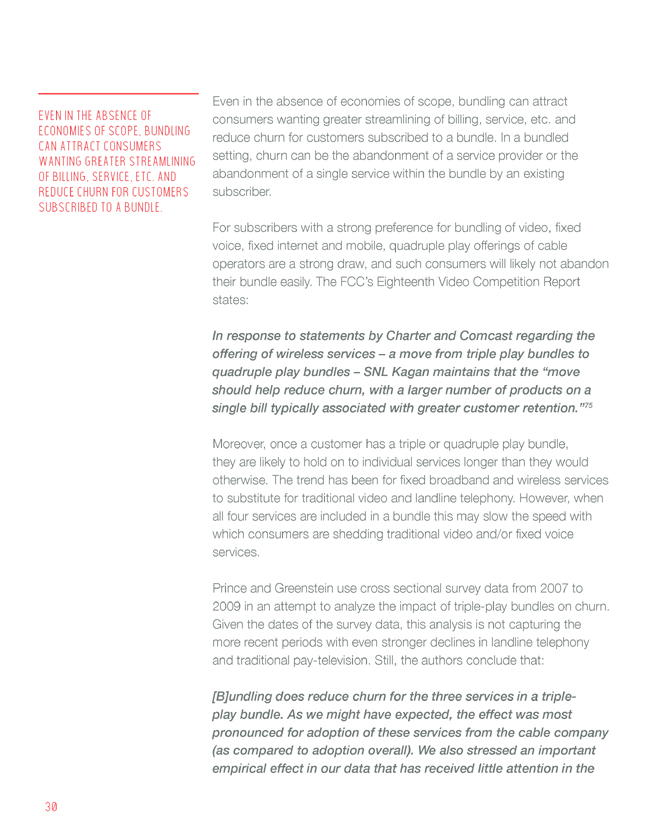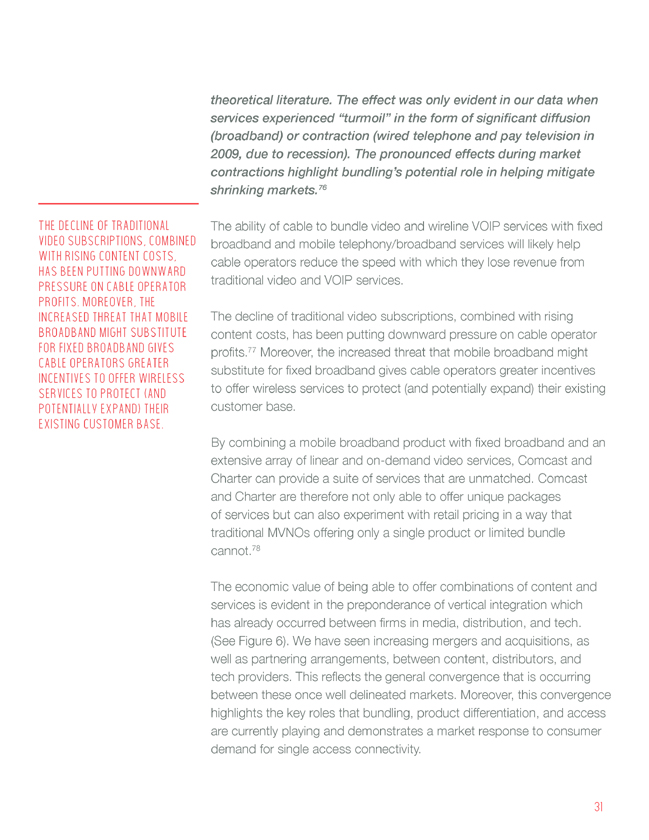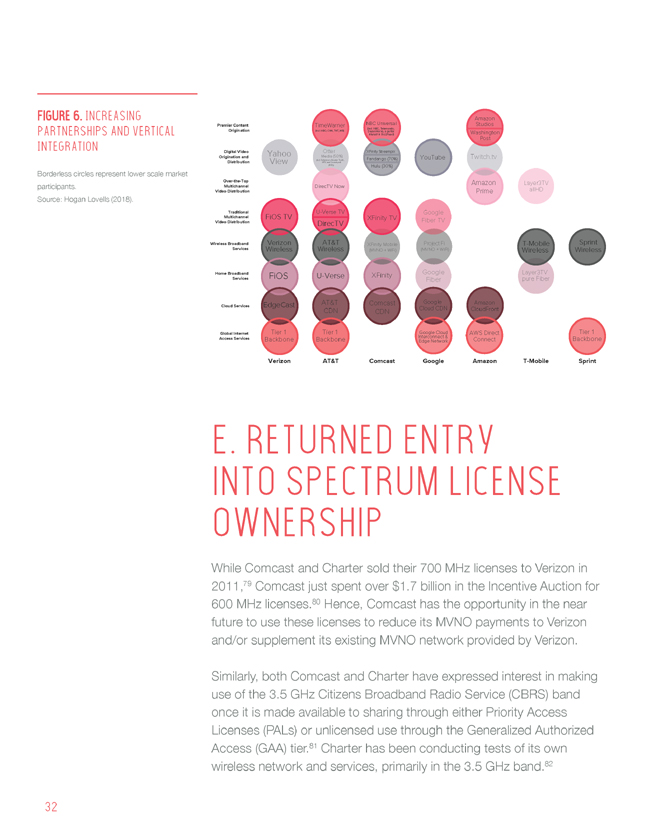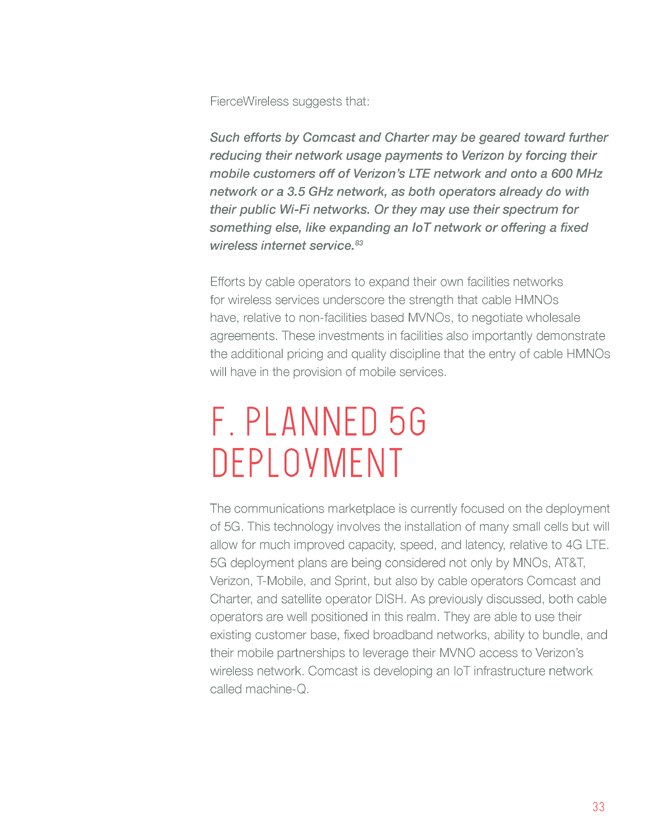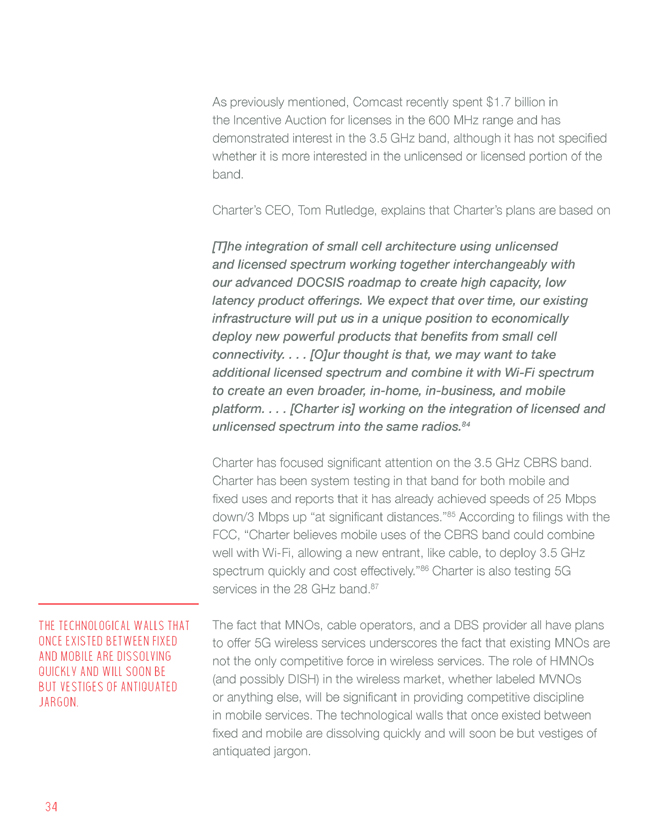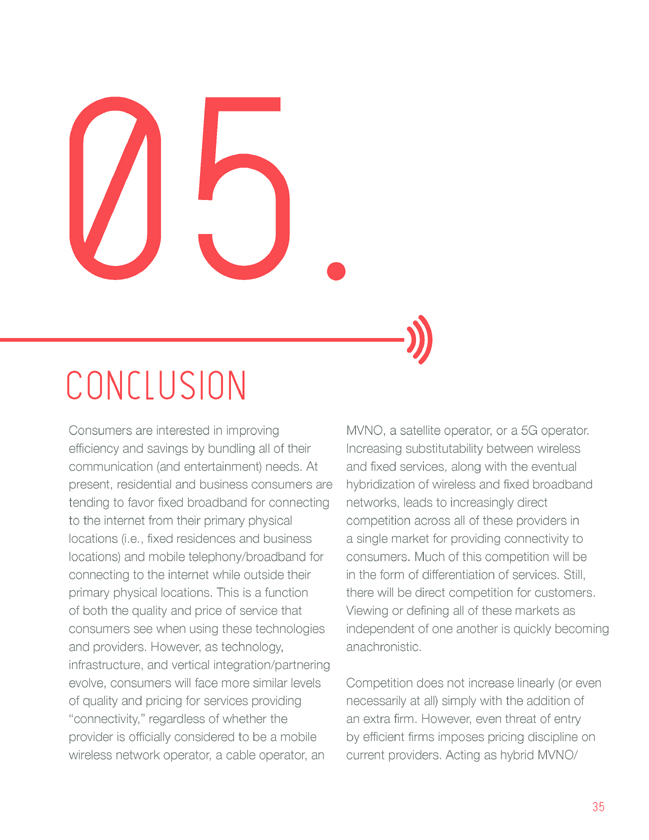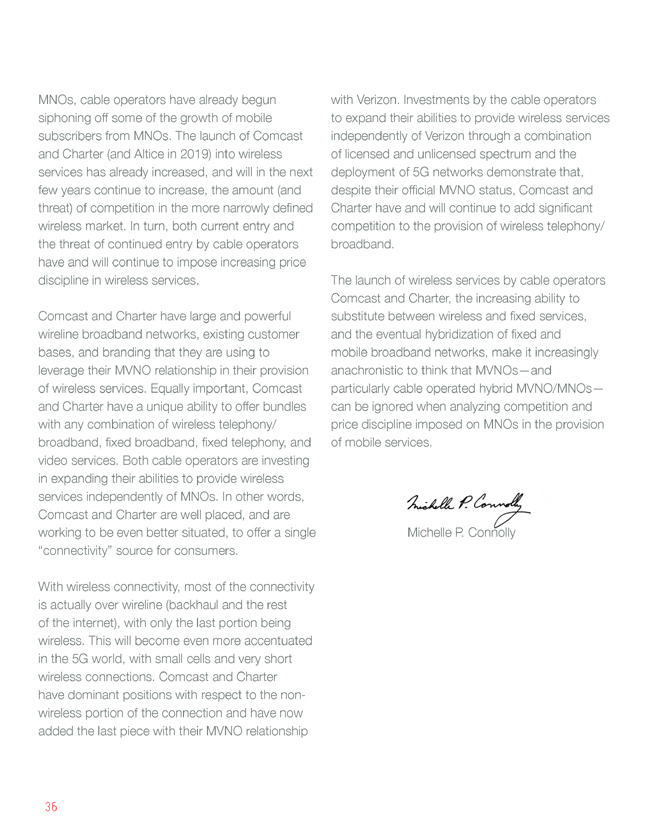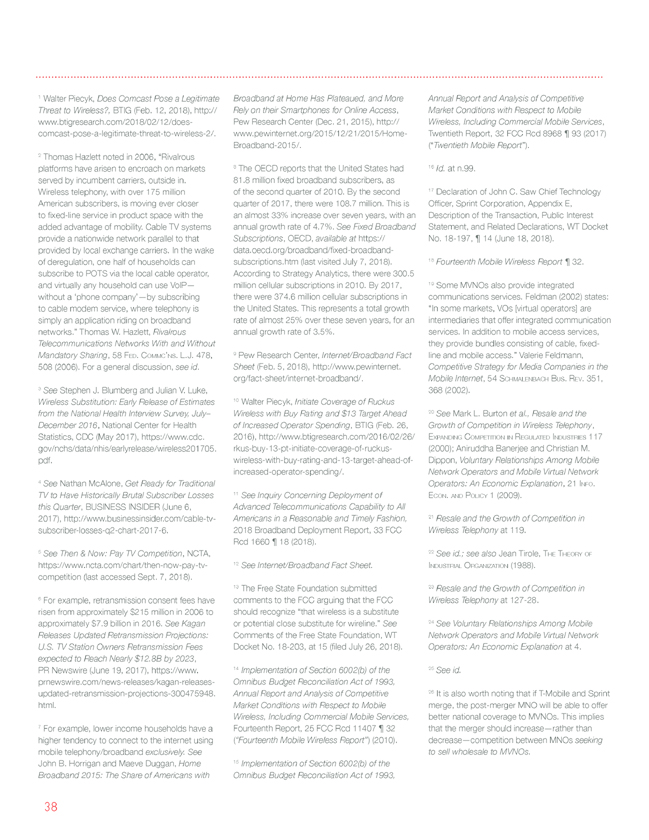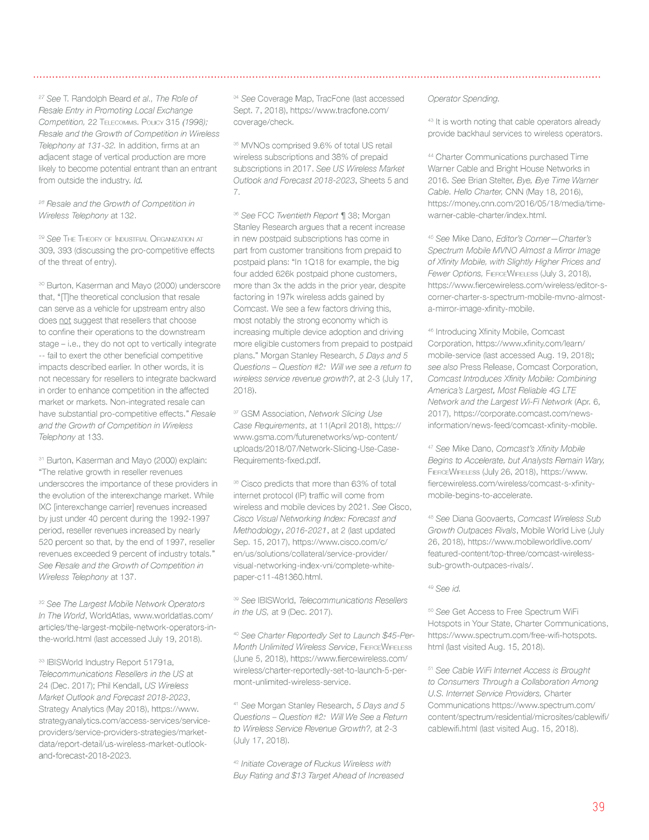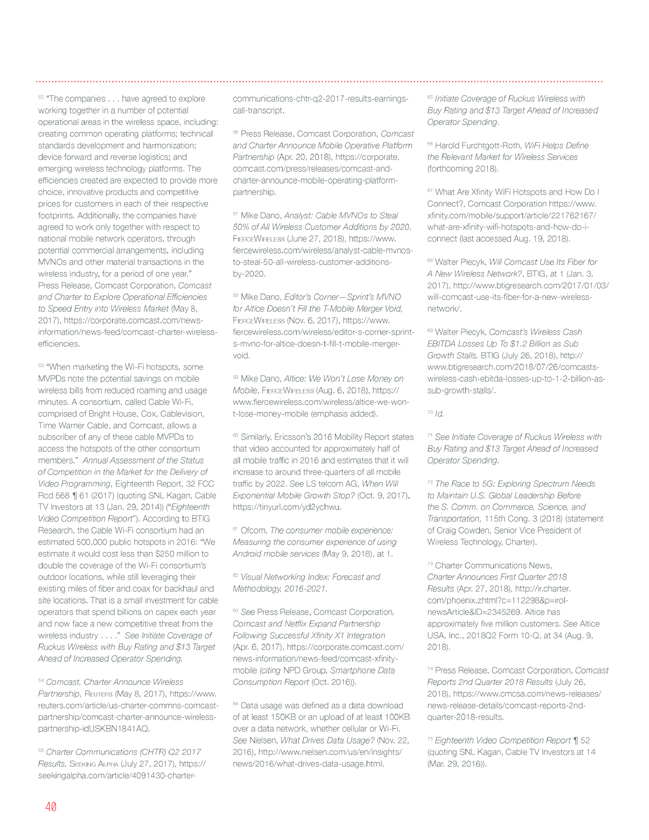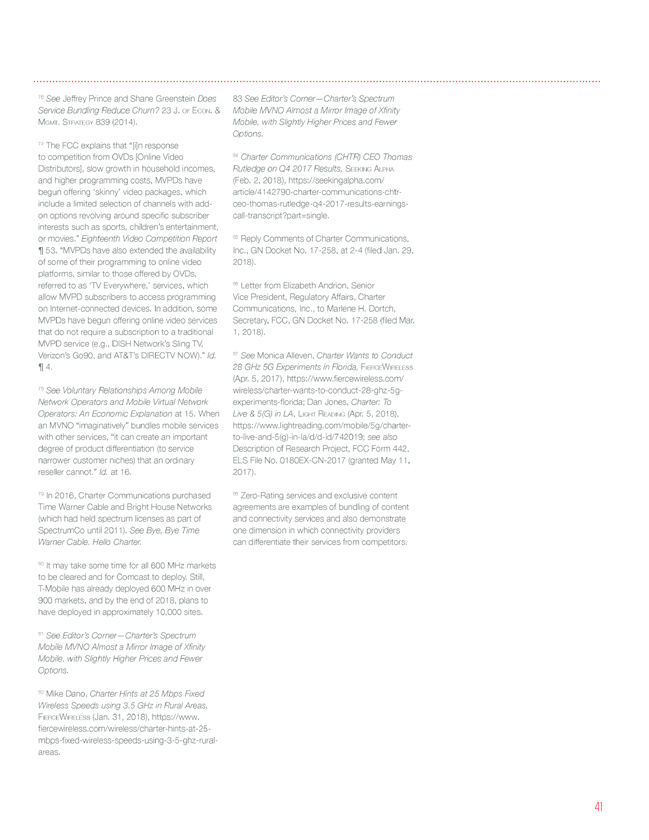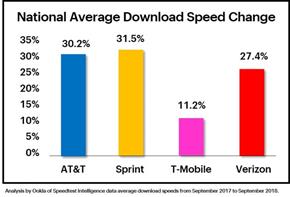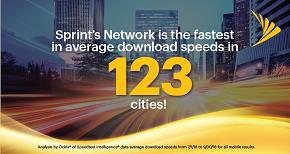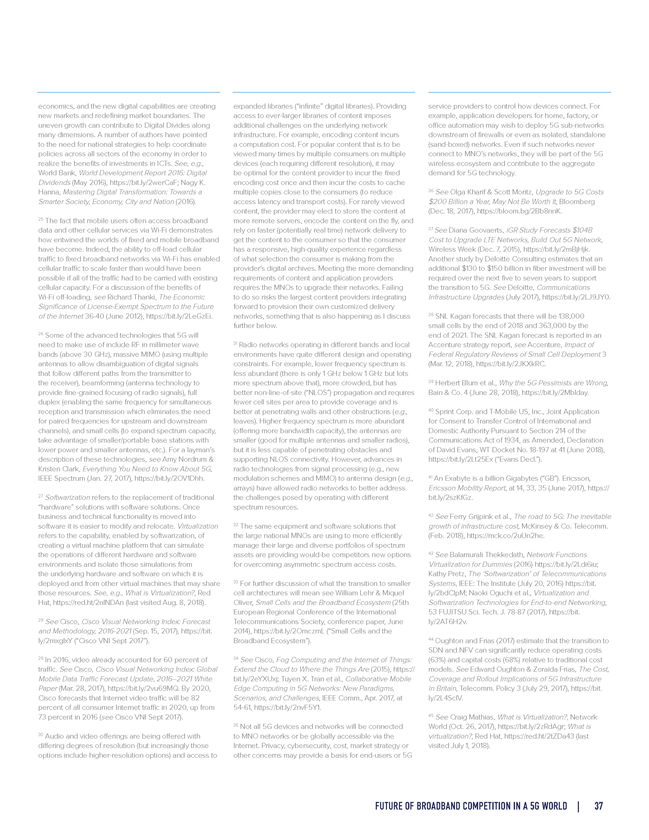
economics, and the new digital capabilities are creating new markets and redefining market boundaries. The uneven growth can contribute to Digital Divides along many dimensions. A number of authors have pointed to the need for national strategies to help coordinate policies across all sectors of the economy in order to realize the benefits of investments in ICTs. See, e.g., World Bank, World Development Report 2016: Digital Dividends (May 2016), https://bit.ly/2werCaF; Nagy K. Hanna, Mastering Digital Transformation: Towards a Smarter Society, Economy, City and Nation (2016). 25 The fact that mobile users often access broadband data and other cellular services viaWi-Fi demonstrates how entwined the worlds of fixed and mobile broadband have become. Indeed, the ability tooff-load cellular traffic to fixed broadband networks viaWi-Fi has enabled cellular traffic to scale faster than would have been possible if all of the traffic had to be carried with existing cellular capacity. For a discussion of the benefits ofWi-Fioff-loading, see Richard Thanki, The Economic Significance of License-Exempt Spectrum to the Future of the Internet36-40 (June 2012), https://bit.ly/2LeGzEi. 26 Some of the advanced technologies that 5G will need to make use of include RF in millimeter wave bands (above 30 GHz), massive MIMO (using multiple antennas to allow disambiguation of digital signals that follow different paths from the transmitter to the receiver), beamforming (antenna technology to provide fine-grained focusing of radio signals), full duplex (enabling the same frequency for simultaneous reception and transmission which eliminates the need for paired frequencies for upstream and downstream channels), and small cells (to expand spectrum capacity, take advantage of smaller/portable base stations with lower power and smaller antennas, etc.). For a layman’s description of these technologies, see Amy Nordrum & Kristen Clark, Everything You Need to Know About 5G, IEEE Spectrum (Jan. 27, 2017), https://bit.ly/2OV1Dhh. 27 Softwarization refers to the replacement of traditional “hardware” solutions with software solutions. Once business and technical functionality is moved into software it is easier to modify and relocate. Virtualization refers to the capability, enabled by softwarization, of creating a virtual machine platform that can simulate the operations of different hardware and software environments and isolate those simulations from the underlying hardware and software on which it is deployed and from other virtual machines that may share those resources. See, e.g., What is Virtualization?, Red Hat, https://red.ht/2nlNDAn (last visited Aug. 8, 2018). 28 See Cisco, Cisco Visual Networking Index: Forecast and Methodology, 2016-2021 (Sep. 15, 2017), https://bit. ly/2mxglxY (“Cisco VNI Sept 2017”). 29 In 2016, video already accounted for 60 percent of traffic. See Cisco, Cisco Visual Networking Index: Global Mobile Data Traffic Forecast Update, 2016–2021 White Paper (Mar. 28, 2017), https://bit.ly/2vu69MQ. By 2020, Cisco forecasts that Internet video traffic will be 82 percent of all consumer Internet traffic in 2020, up from 73 percent in 2016 (see Cisco VNI Sept 2017). 30 Audio and video offerings are being offered with differing degrees of resolution (but increasingly those options include higher-resolution options) and access to expanded libraries (“infinite” digital libraries). Providing access to ever-larger libraries of content imposes additional challenges on the underlying network infrastructure. For example, encoding content incurs a computation cost. For popular content that is to be viewed many times by multiple consumers on multiple devices (each requiring different resolution), it may be optimal for the content provider to incur the fixed encoding cost once and then incur the costs to cache multiple copies close to the consumers (to reduce access latency and transport costs). For rarely viewed content, the provider may elect to store the content at more remote servers, encode the content on the fly, and rely on faster (potentially real time) network delivery to get the content to the consumer so that the consumer has a responsive, high-quality experience regardless of what selection the consumer is making from the provider’s digital archives. Meeting the more demanding requirements of content and application providers requires the MNOs to upgrade their networks. Failing to do so risks the largest content providers integrating forward to provision their own customized delivery networks, something that is also happening as I discuss further below. 31 Radio networks operating in different bands and local environments have quite different design and operating constraints. For example, lower frequency spectrum is less abundant (there is only 1 GHz below 1 GHz but lots more spectrum above that), more crowded, but has betternon-line-of-site (“NLOS”) propagation and requires fewer cell sites per area to provide coverage and is better at penetrating walls and other obstructions (e.g., leaves). Higher frequency spectrum is more abundant (offering more bandwidth capacity), the antennas are smaller (good for multiple antennas and smaller radios), but it is less capable of penetrating obstacles and supporting NLOS connectivity. However, advances in radio technologies from signal processing (e.g., new modulation schemes and MIMO) to antenna design (e.g., arrays) have allowed radio networks to better address the challenges posed by operating with different spectrum resources. 32 The same equipment and software solutions that the large national MNOs are using to more efficiently manage their large and diverse portfolios of spectrum assets are providingwould-be competitors new options for overcoming asymmetric spectrum access costs. 33 For further discussion of what the transition to smaller cell architectures will mean see William Lehr & Miquel Oliver, Small Cells and the Broadband Ecosystem (25th European Regional Conference of the International Telecommunications Society, conference paper, June 2014), https://bit.ly/2OmczmL (“Small Cells and the Broadband Ecosystem”). 34 See Cisco, Fog Computing and the Internet of Things: Extend the Cloud to Where the Things Are (2015), https:// bit.ly/2eYXUxj; Tuyen X. Tran et al., Collaborative Mobile Edge Computing in 5G Networks: New Paradigms, Scenarios, and Challenges, IEEE Comm., Apr. 2017, at54-61, https://bit.ly/2nvF5Y1. 35 Not all 5G devices and networks will be connected to MNO networks or be globally accessible via the Internet. Privacy, cybersecurity, cost, market strategy or other concerns may provide a basis forend-users or 5G service providers to control how devices connect. For example, application developers for home, factory, or office automation may wish to deploy 5Gsub-networks downstream of firewalls or even as isolated, standalone (sand-boxed) networks. Even if such networks never connect to MNO’s networks, they will be part of the 5G wireless ecosystem and contribute to the aggregate demand for 5G technology. 36 See Olga Kharif & Scott Moritz, Upgrade to 5G Costs $200 Billion a Year, May Not Be Worth It, Bloomberg (Dec. 18, 2017), https://bloom.bg/2Bb8nnK. 37 See Diana Goovaerts, iGR Study Forecasts $104B Cost to Upgrade LTE Networks, Build Out 5G Network, Wireless Week (Dec. 7, 2015), https://bit.ly/2mBjHjk. Another study by Deloitte Consulting estimates that an additional $130 to $150 billion in fiber investment will be required over the next five to seven years to support the transition to 5G. See Deloitte, Communications Infrastructure Upgrades (July 2017), https://bit.ly/2LJ9JY0. 38 SNL Kagan forecasts that there will be 138,000 small cells by the end of 2018 and 363,000 by the end of 2021. The SNL Kagan forecast is reported in an Accenture strategy report, see Accenture, Impact of Federal Regulatory Reviews of Small Cell Deployment 3 (Mar. 12, 2018), https://bit.ly/2JKXkRC. 39 Herbert Blum et al., Why the 5G Pessimists are Wrong, Bain & Co. 4 (June 28, 2018), https://bit.ly/2Mblday. 40 Sprint Corp. andT-Mobile US, Inc., Joint Application for Consent to Transfer Control of International and Domestic Authority Pursuant to Section 214 of the Communications Act of 1934, as Amended, Declaration of David Evans, WT DocketNo. 18-197 at 41 (June 2018), https://bit.ly/2Lt25Ex (“Evans Decl.”). 41 An Exabyte is a billion Gigabytes (“GB”). Ericsson, Ericsson Mobility Report, at 14, 33, 35 (June 2017), https:// bit.ly/2szKfGz. 42 See Ferry Grijpink et al., The road to 5G: The inevitable growth of infrastructure cost, McKinsey & Co. Telecomm. (Feb. 2018), https://mck.co/2uUn2he. 43 See Balamurali Thekkedath, Network Functions Virtualization for Dummies (2016) https://bit.ly/2Ldi6iu; Kathy Pretz, The ‘Softwarization’ of Telecommunications Systems, IEEE: The Institute (July 20, 2016) https://bit. ly/2bdCIpM; Naoki Oguchi et al., Virtualization and Softwarization Technologies forEnd-to-end Networking, 53 FUJITSU Sci. Tech. J.78-87 (2017), https://bit. ly/2AT6H2v. 44 Oughton and Frias (2017) estimate that the transition to SDN and NFV can significantly reduce operating costs (63%) and capital costs (68%) relative to traditional cost models. See Edward Oughton & Zoraida Frias, The Cost, Coverage and Rollout Implications of 5G Infrastructure in Britain, Telecomm. Policy 3 (July 29, 2017), https://bit. ly/2L4ScIV. 45 See Craig Mathias, What is Virtualization?, Network World (Oct. 26, 2017), https://bit.ly/2zRdAgr; What is virtualization?, Red Hat, https://red.ht/2tZDa43 (last visited July 1, 2018). FUTURE OF BROADBAND COMPETITION IN A 5G WORLD | 37
